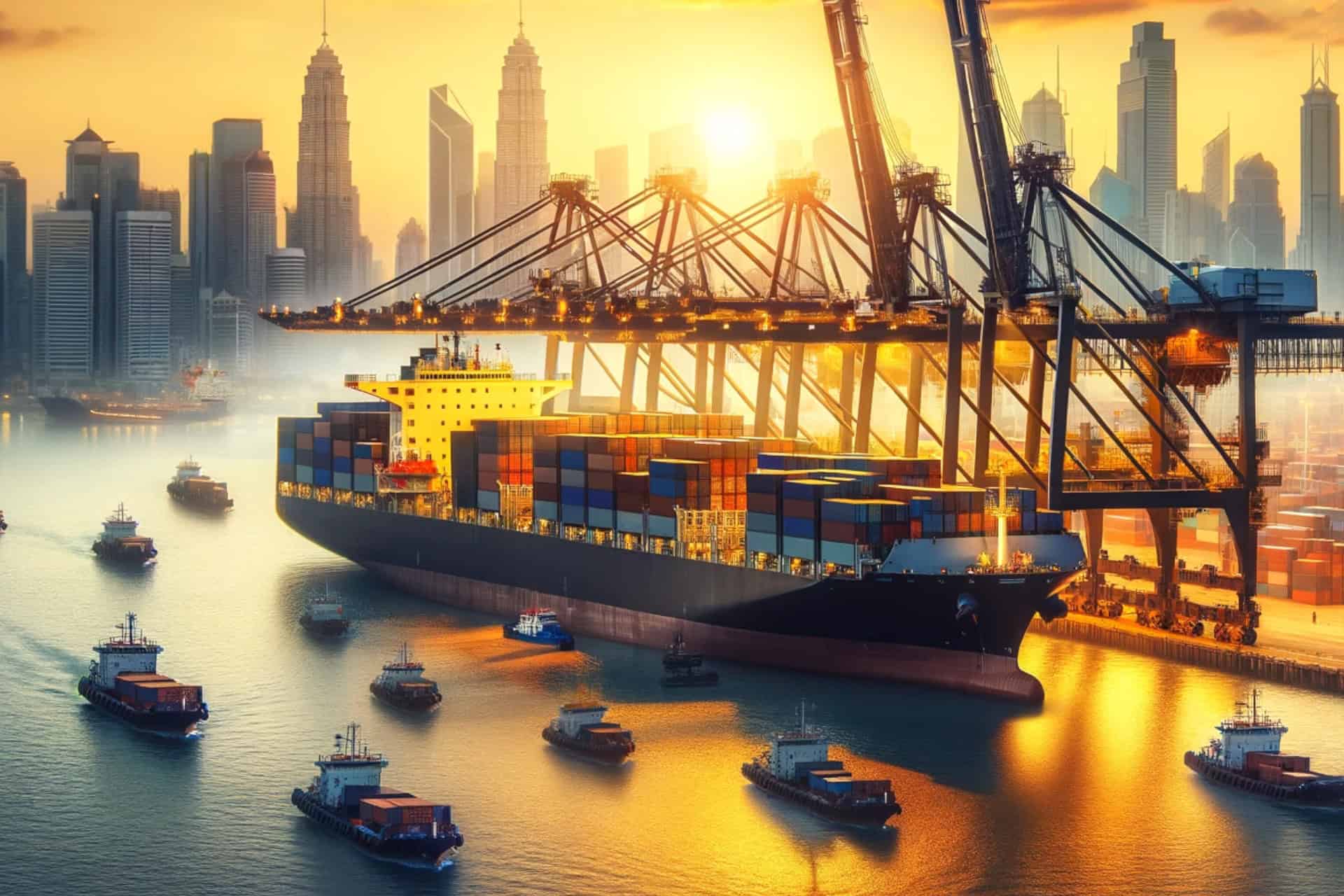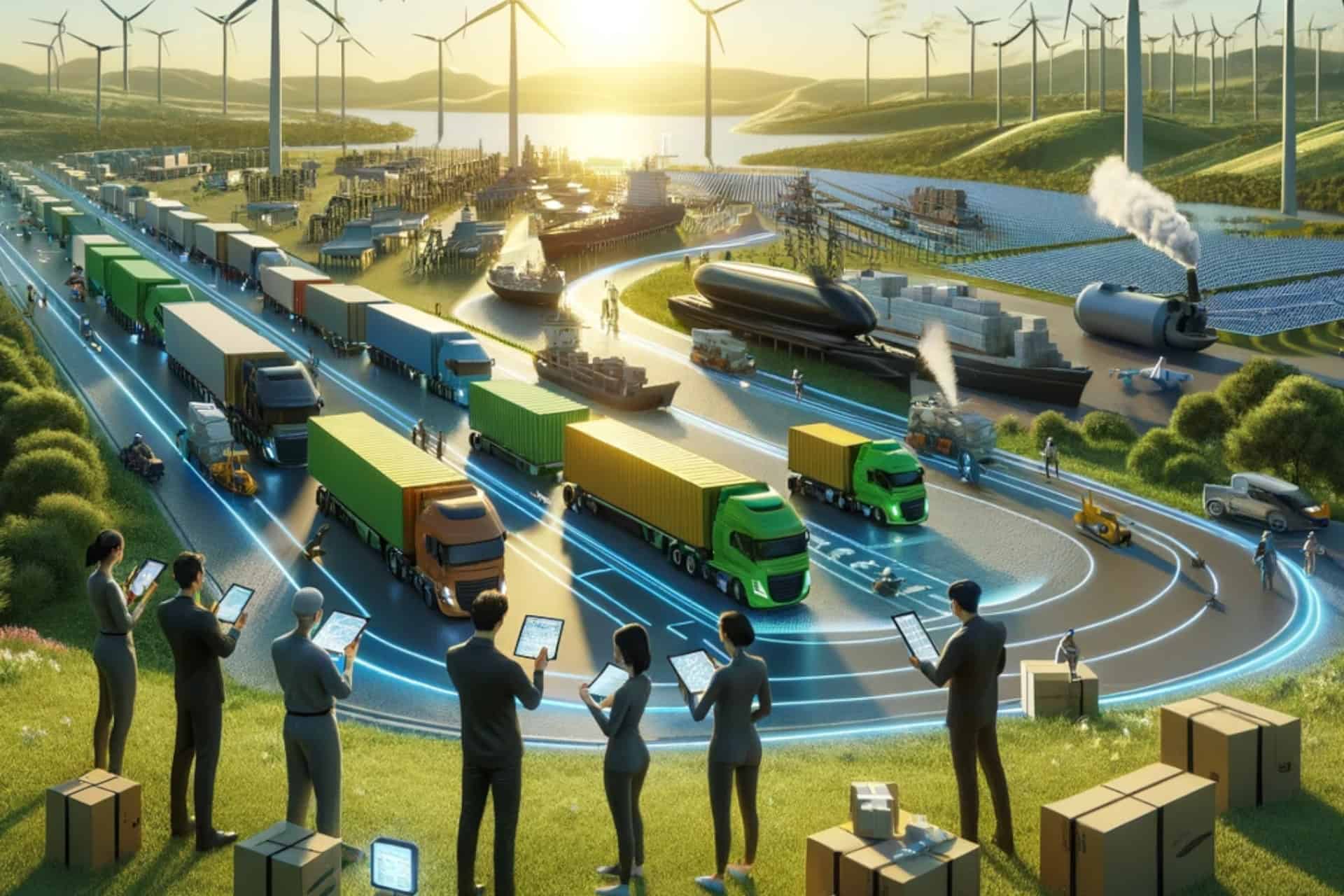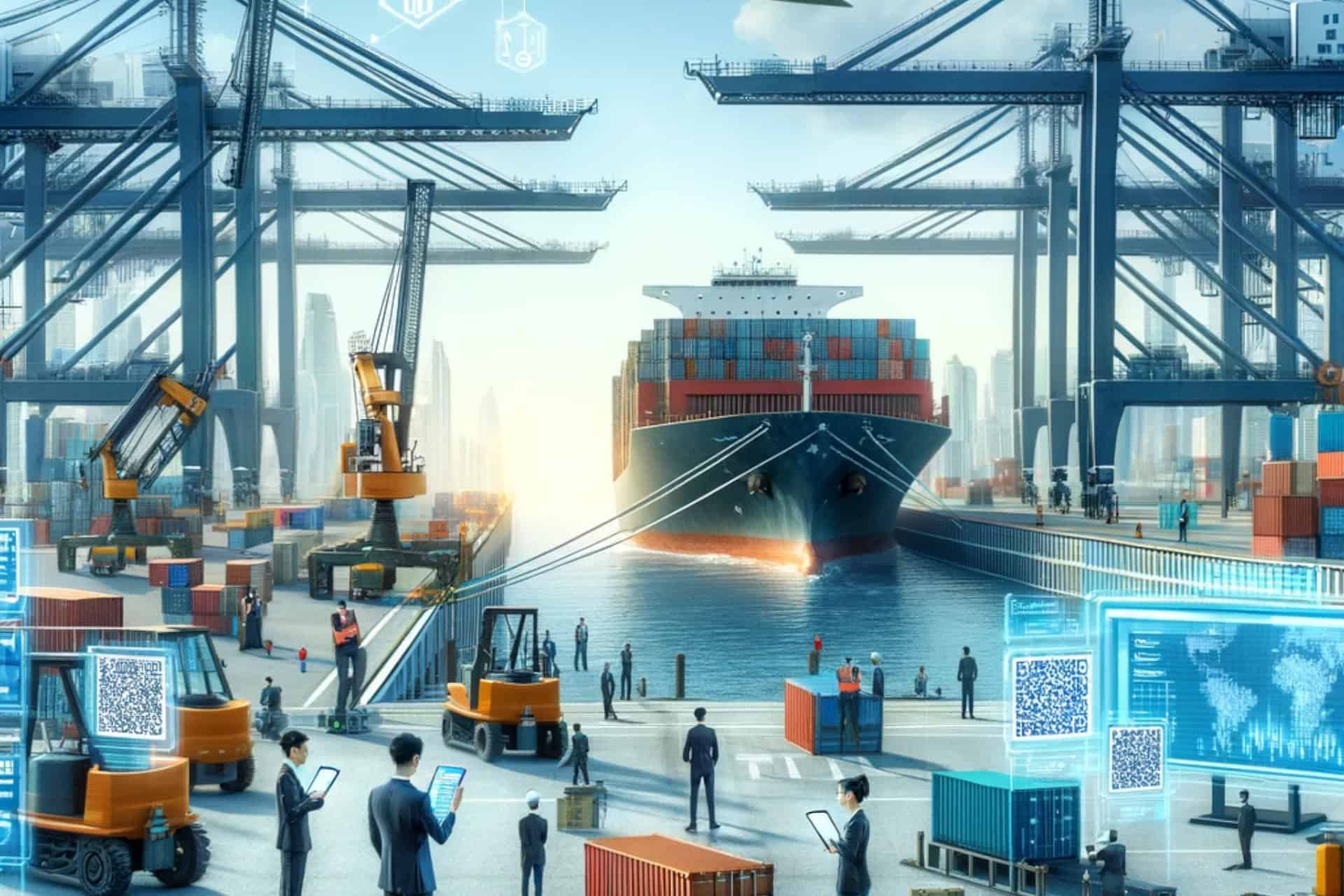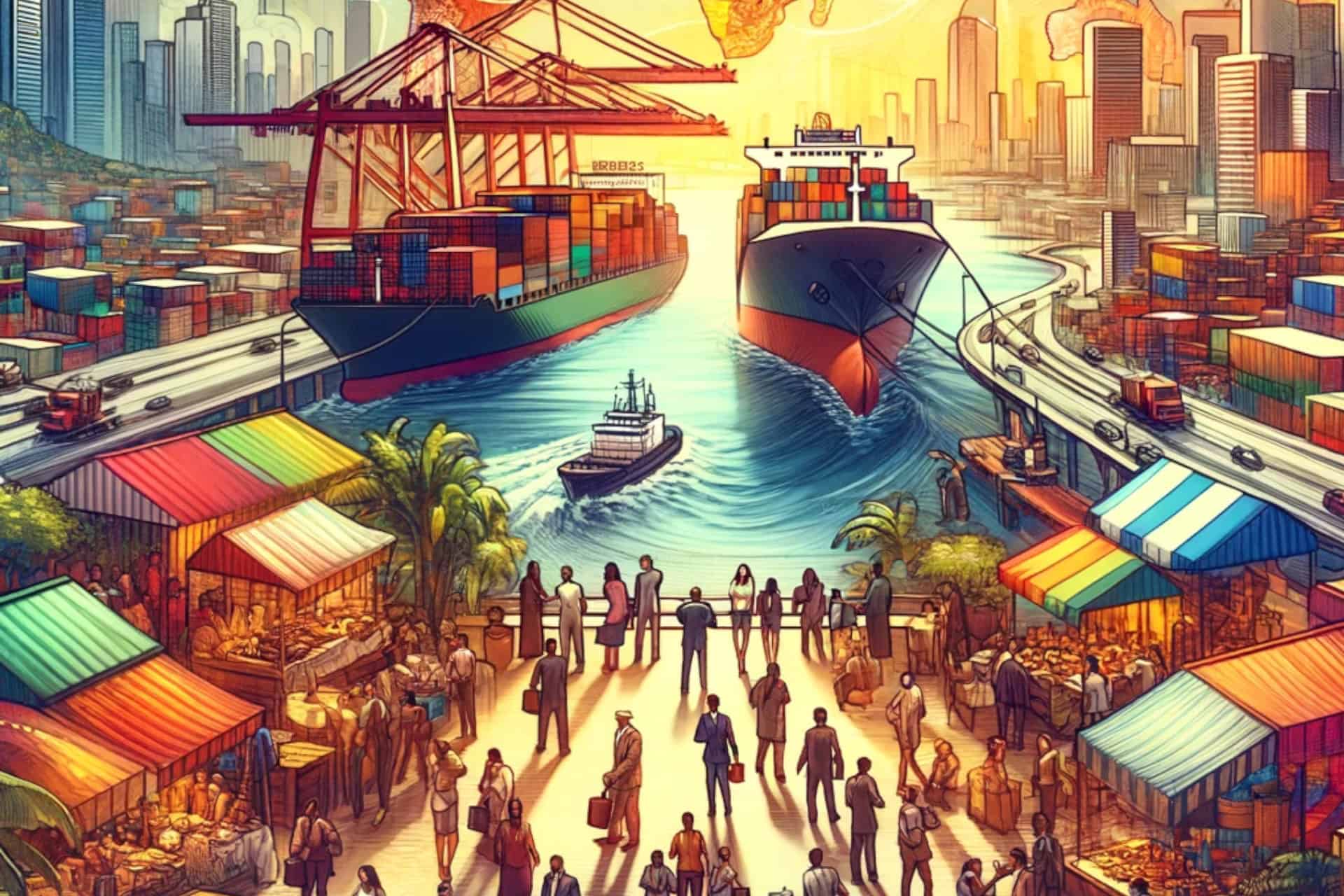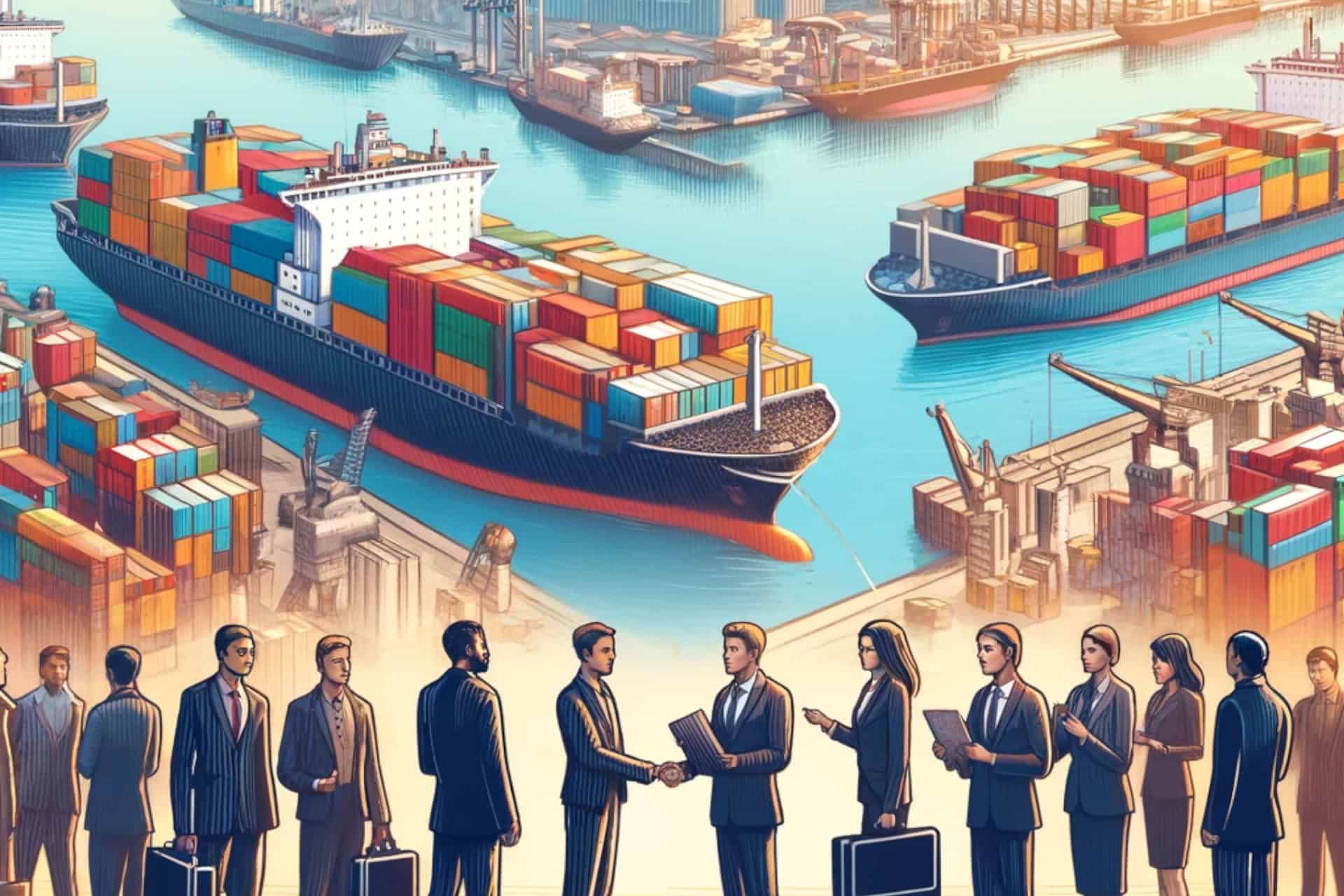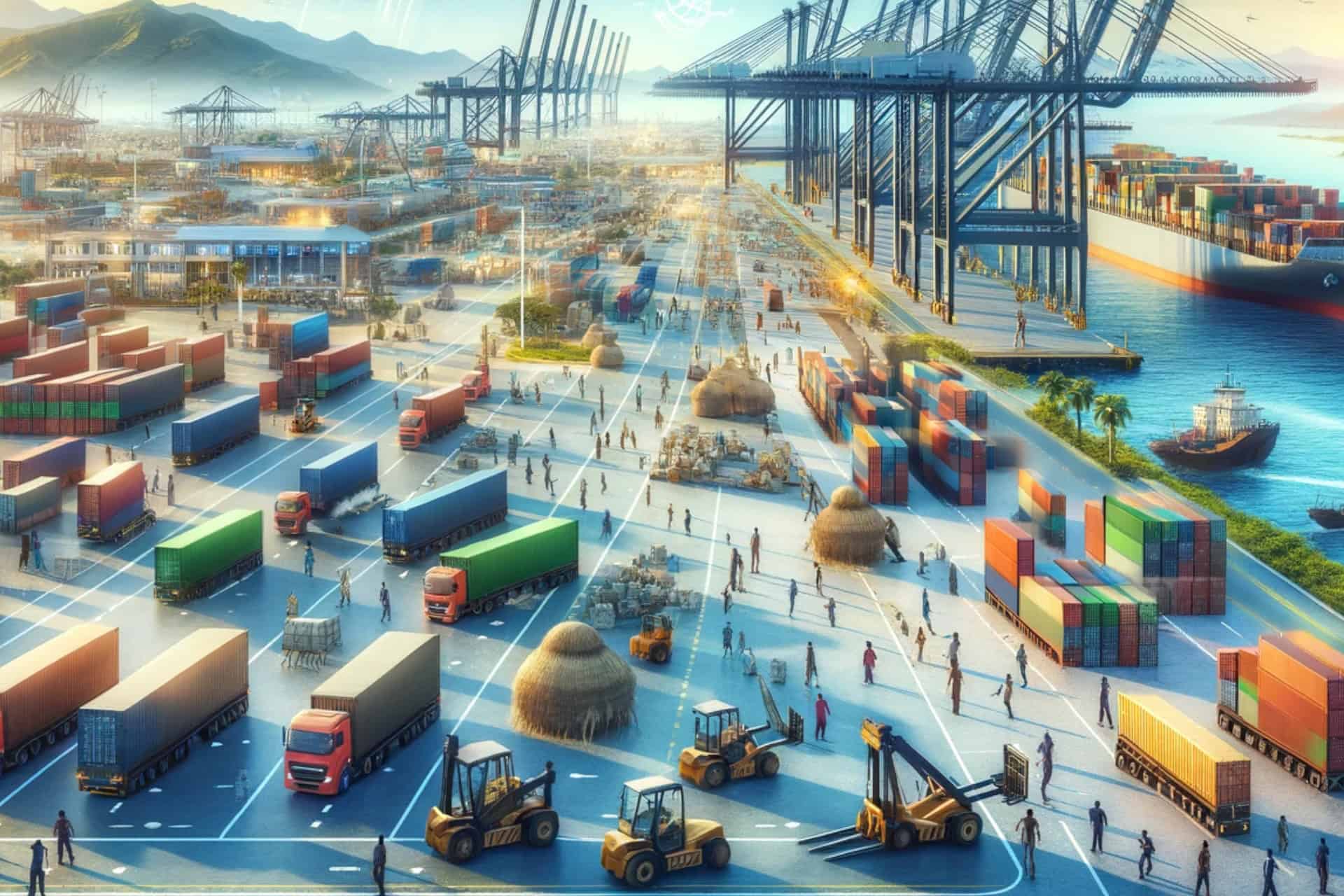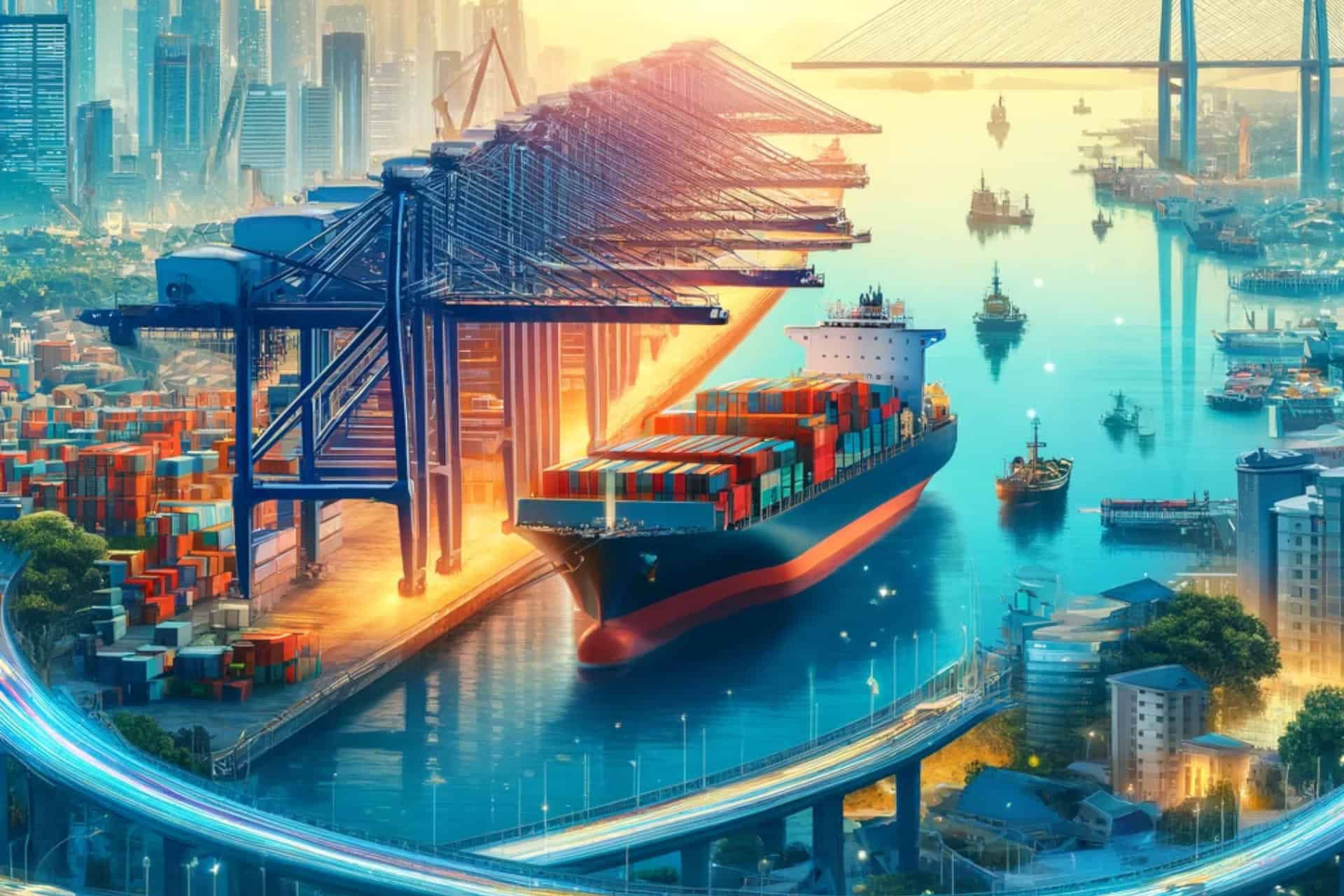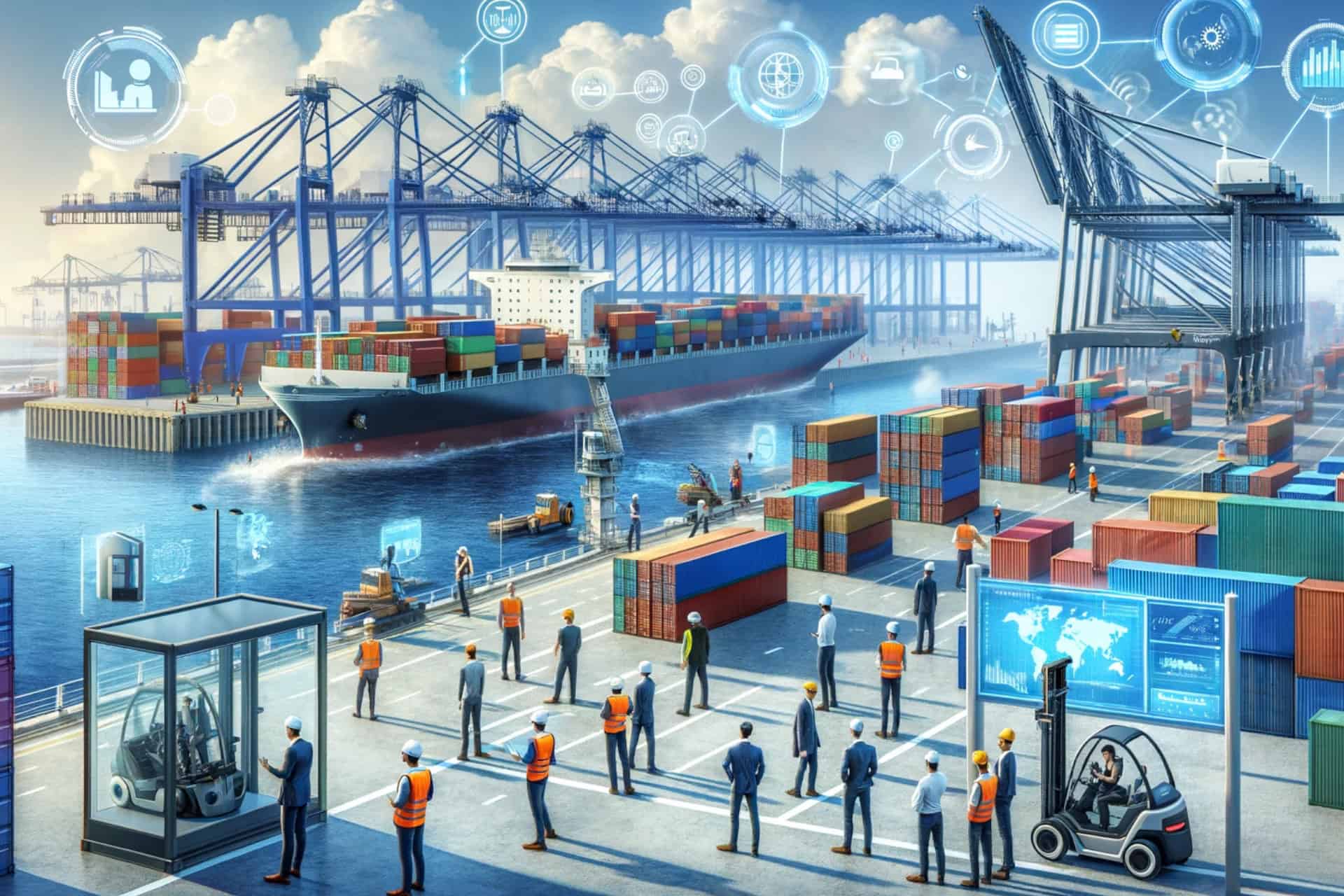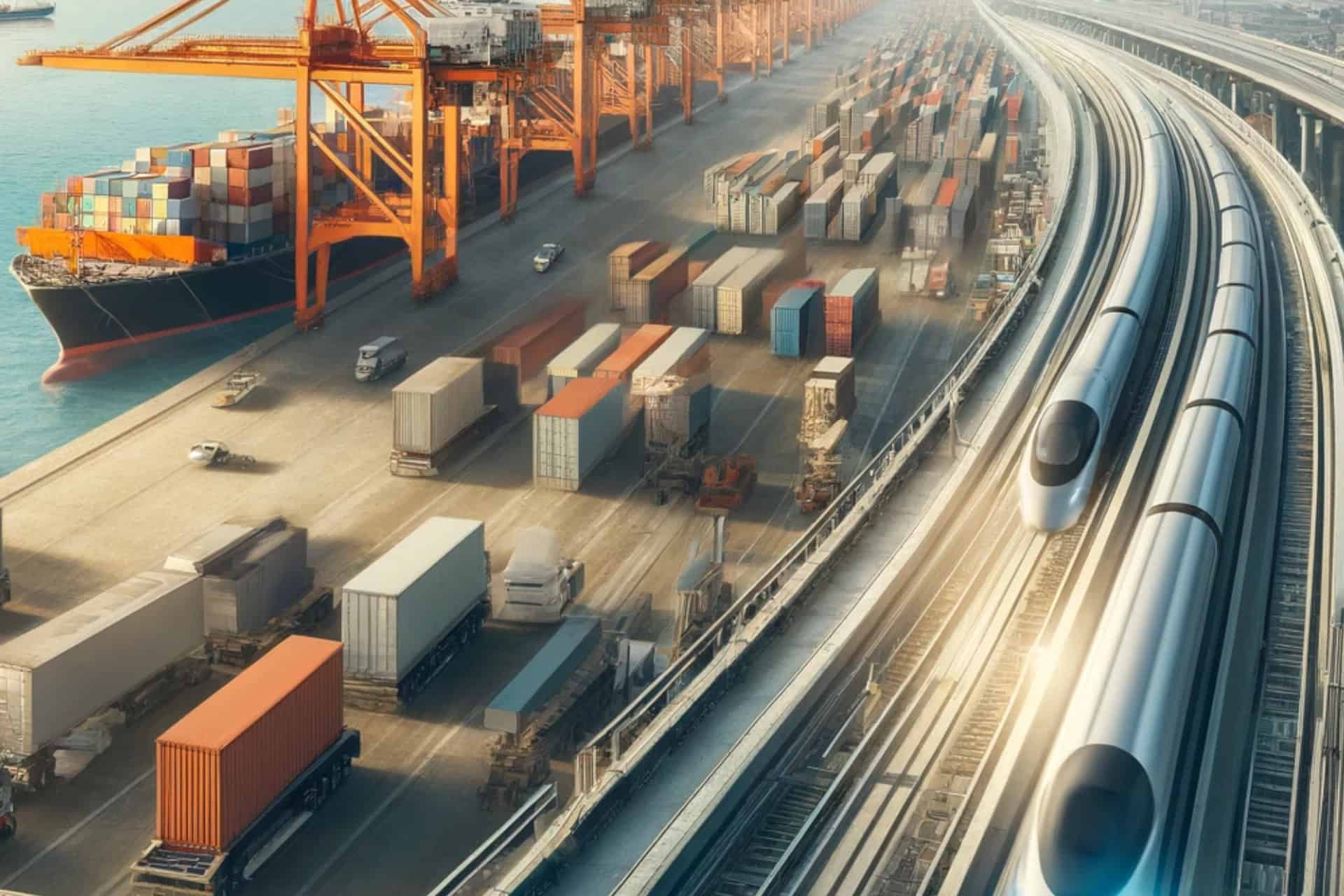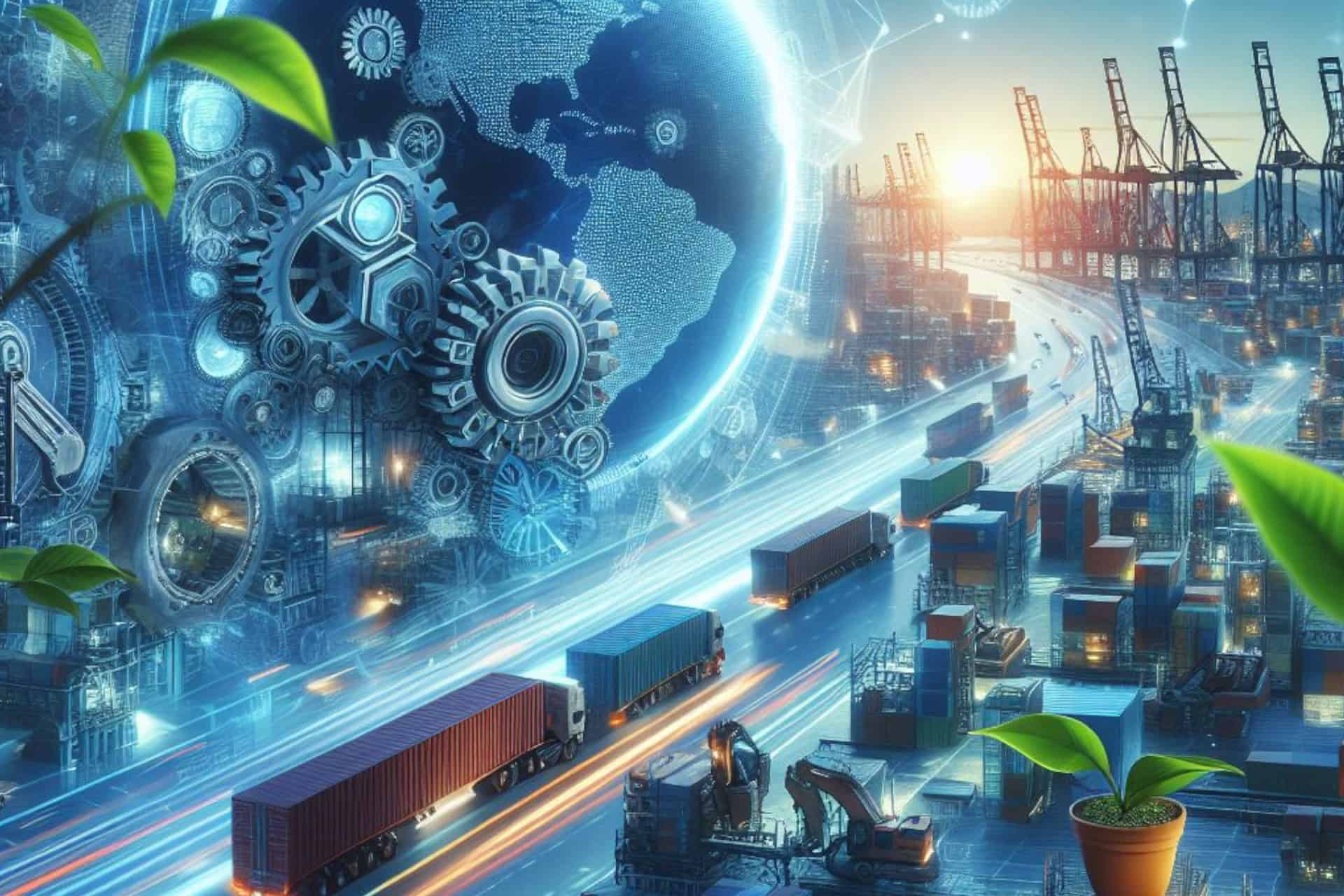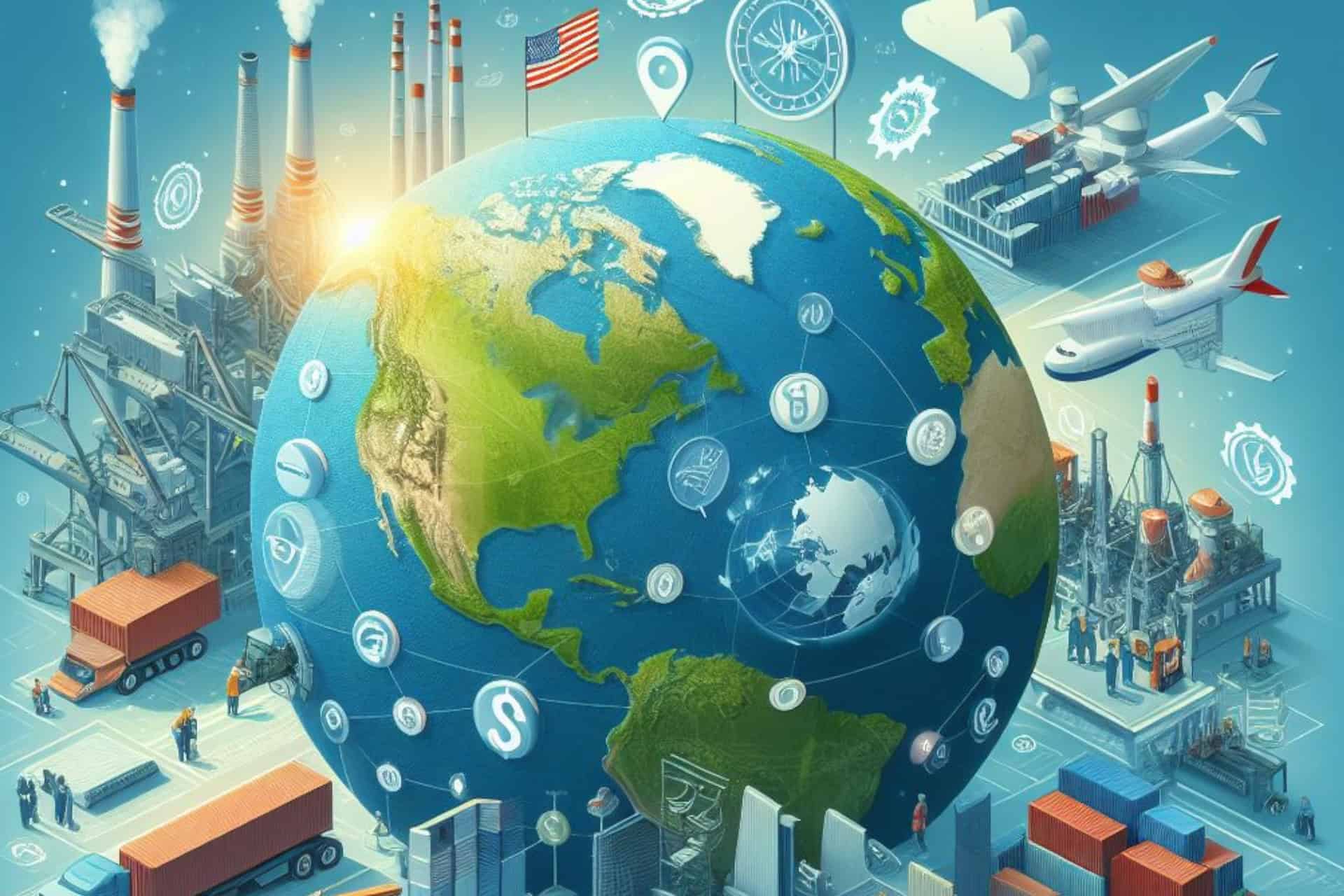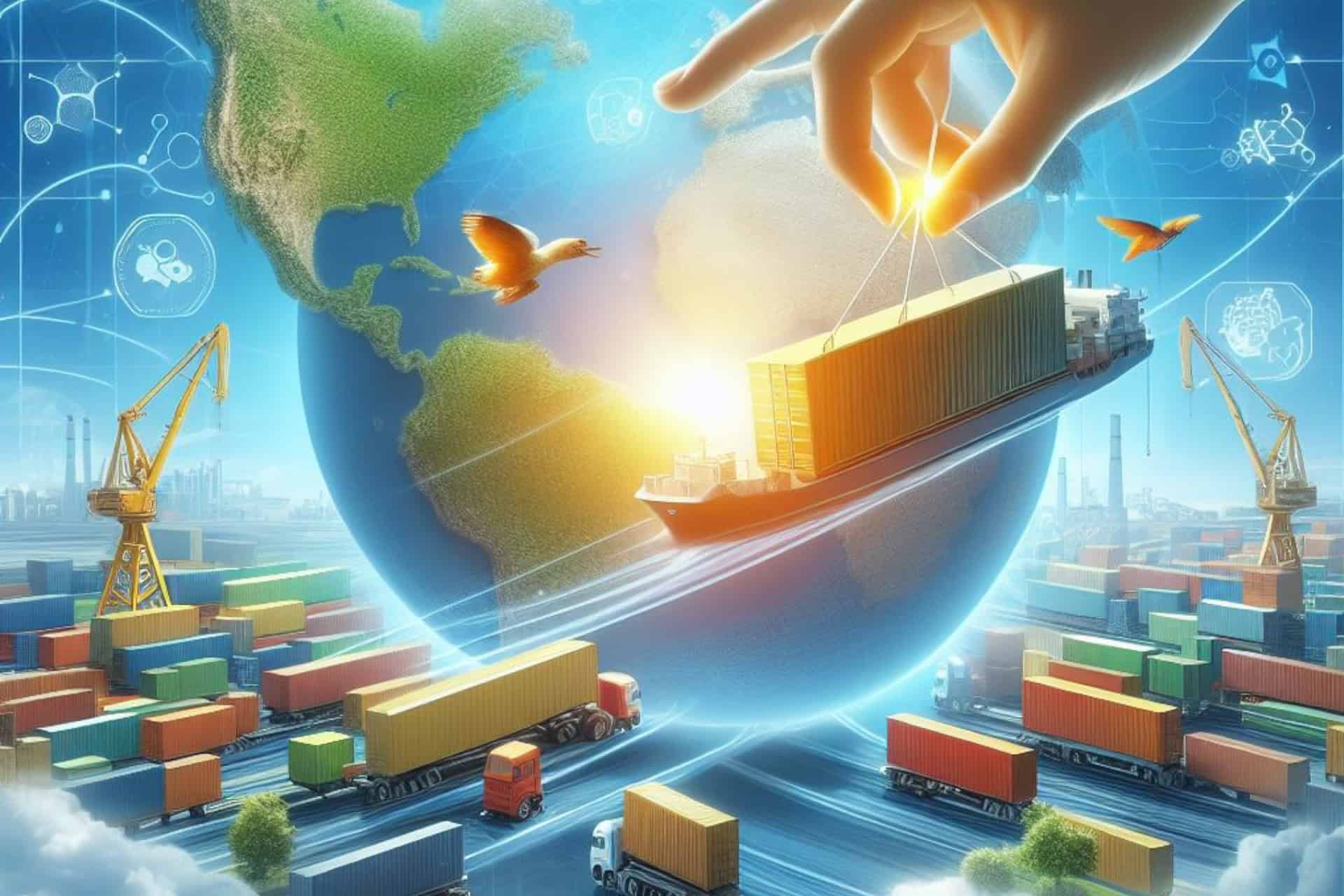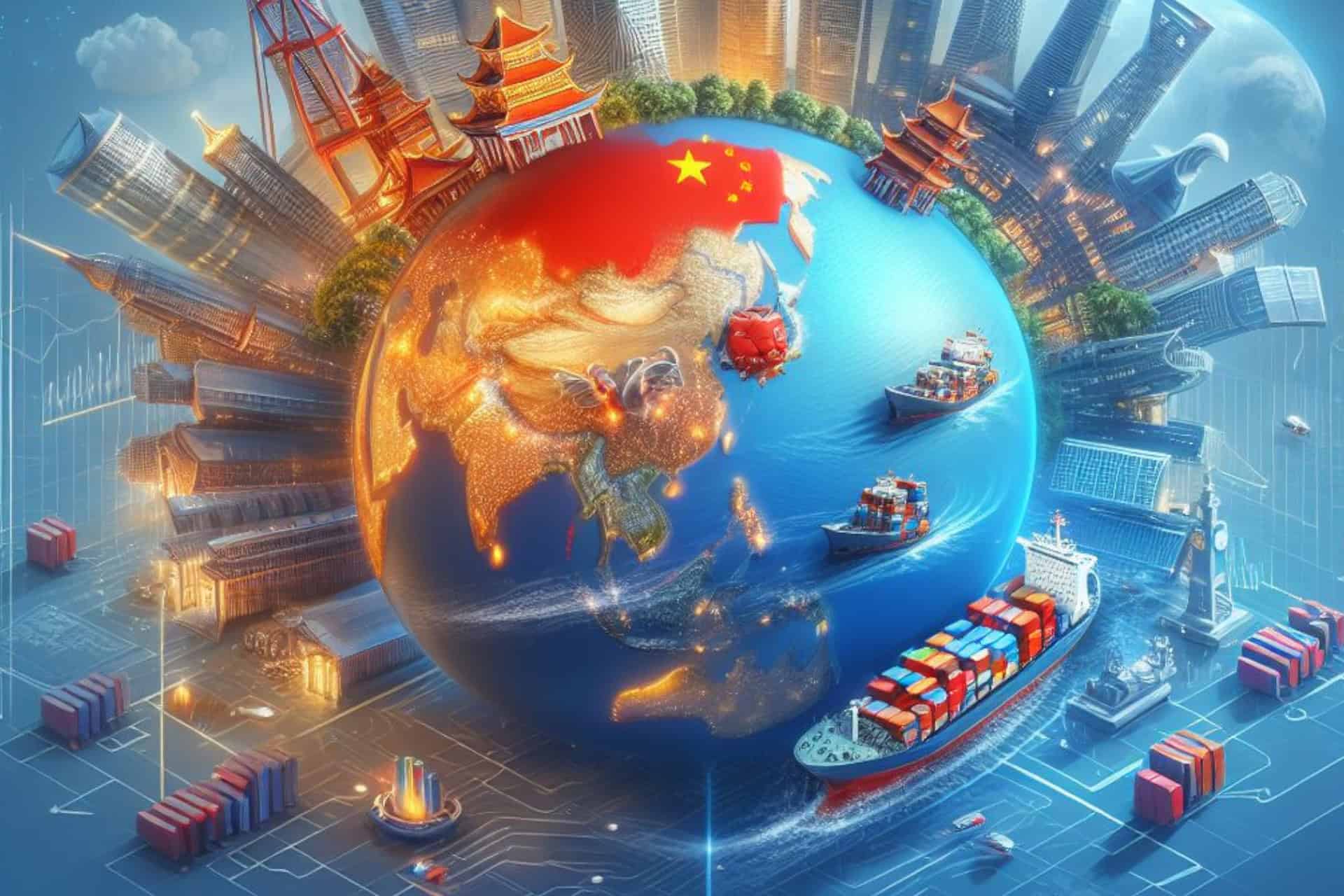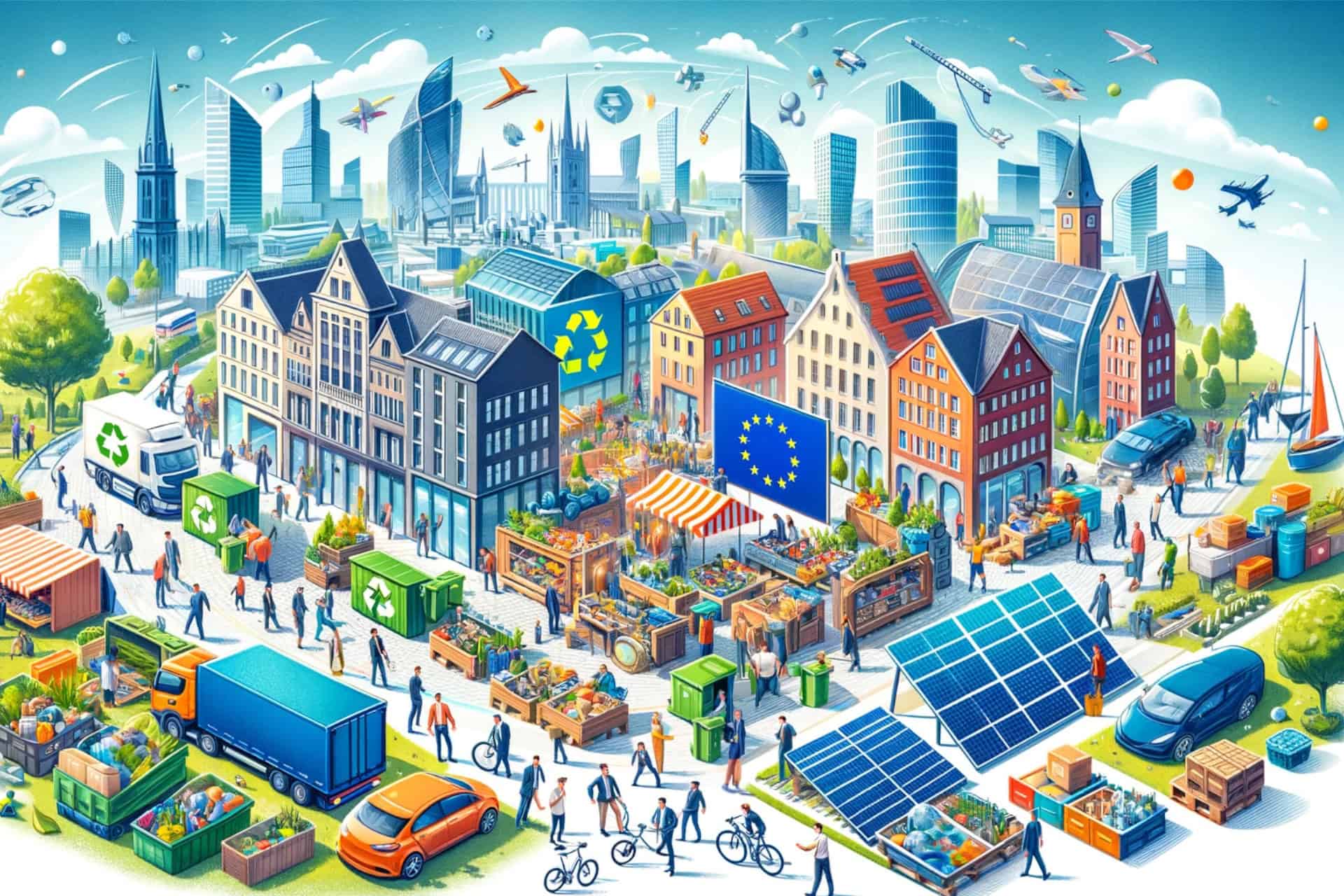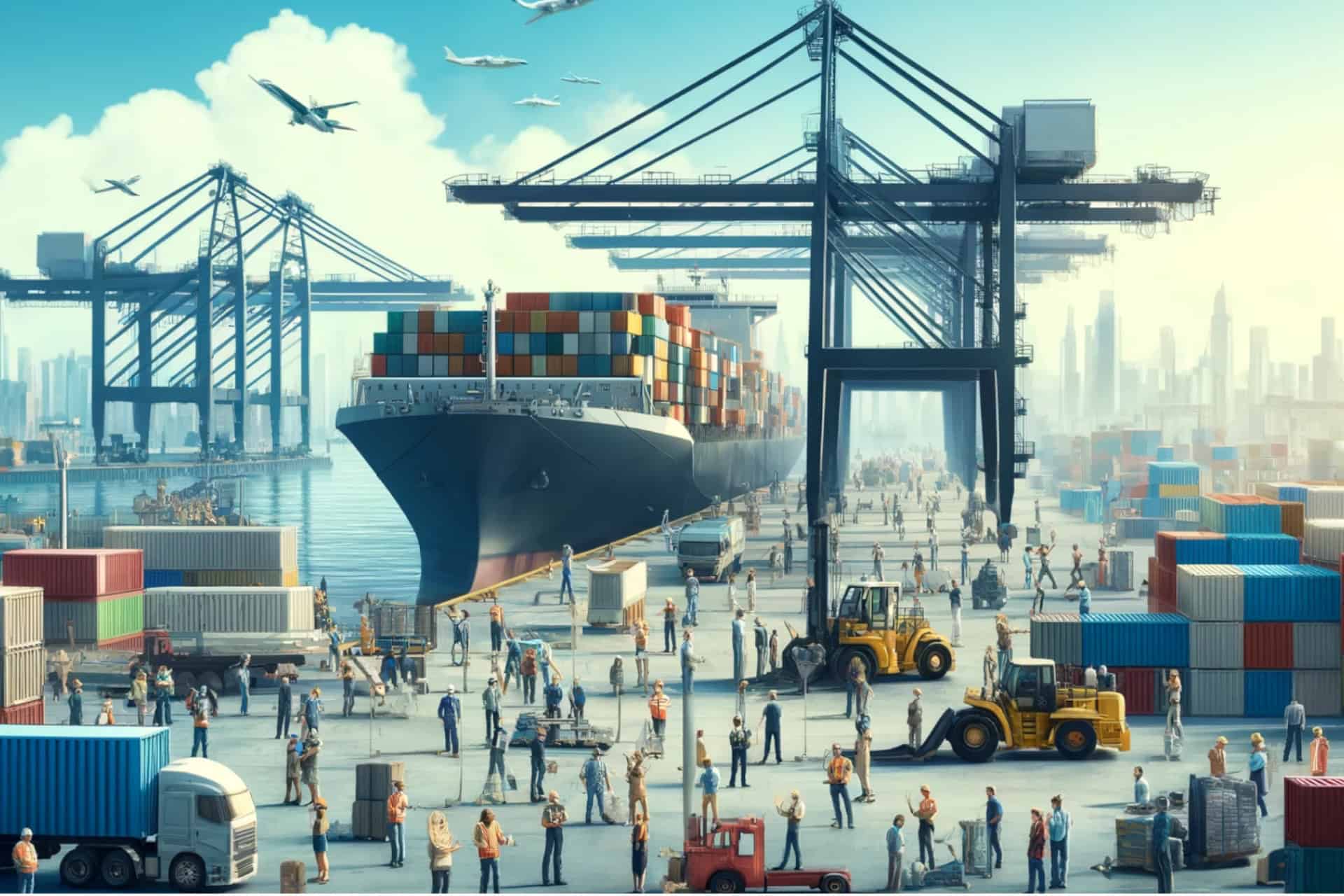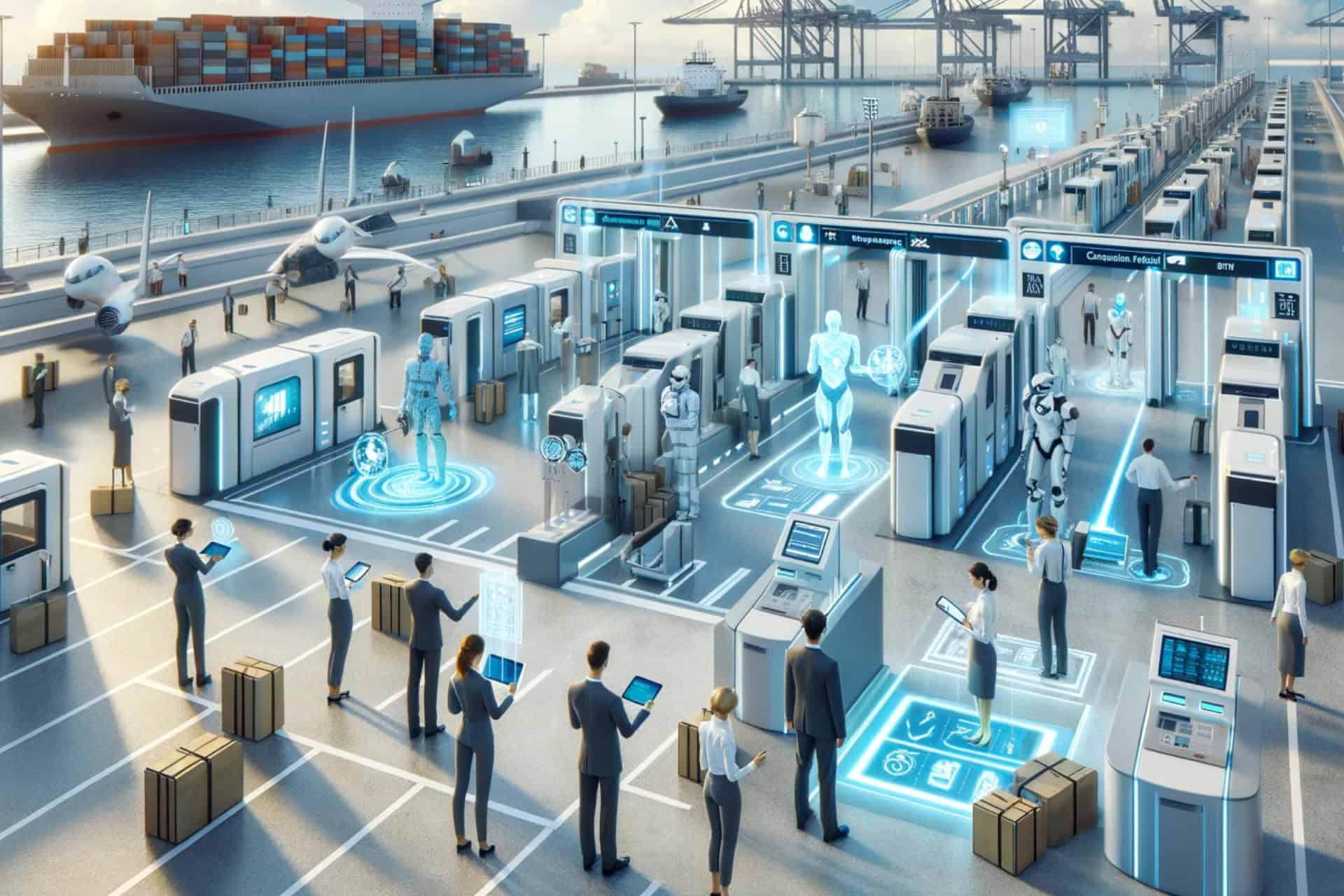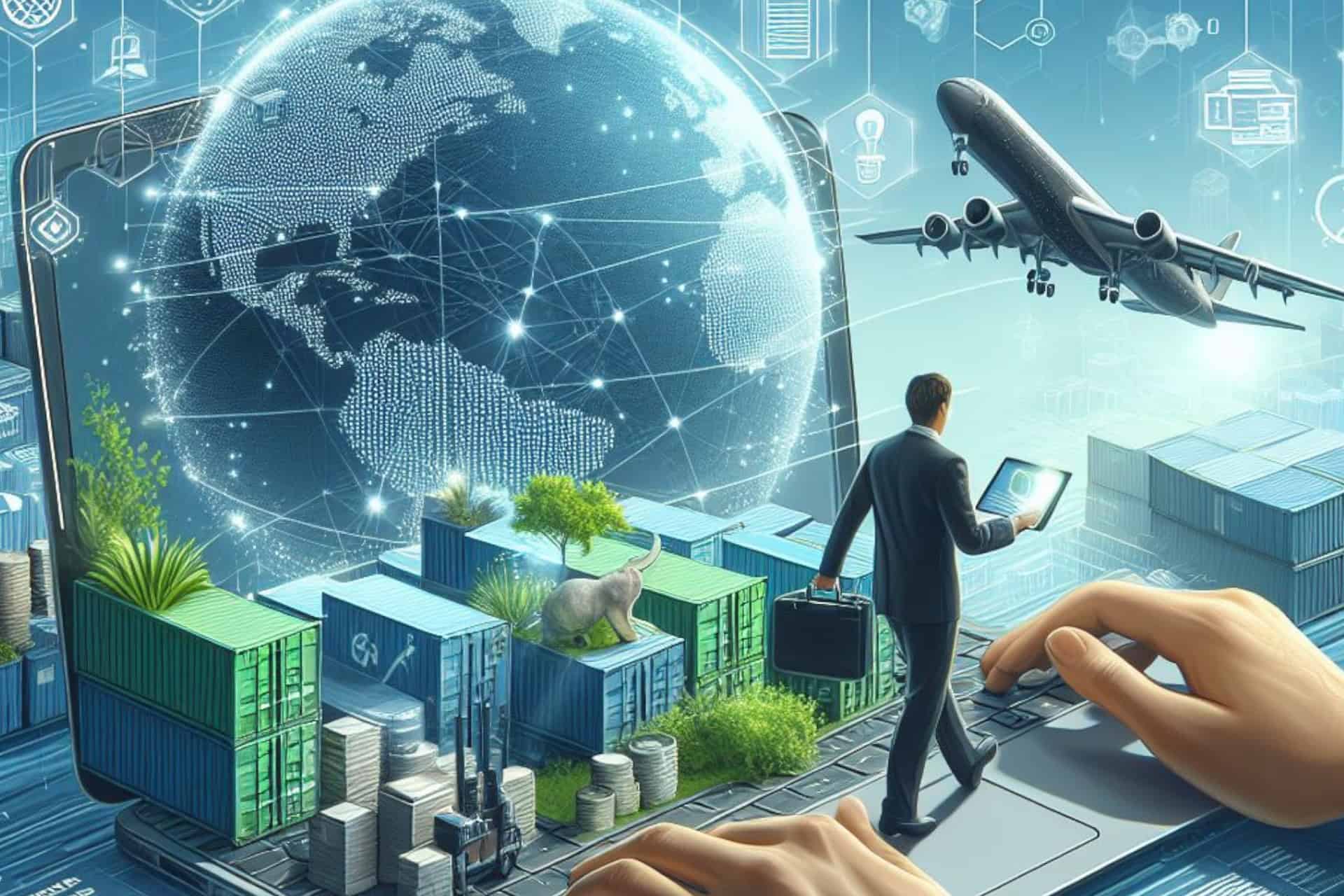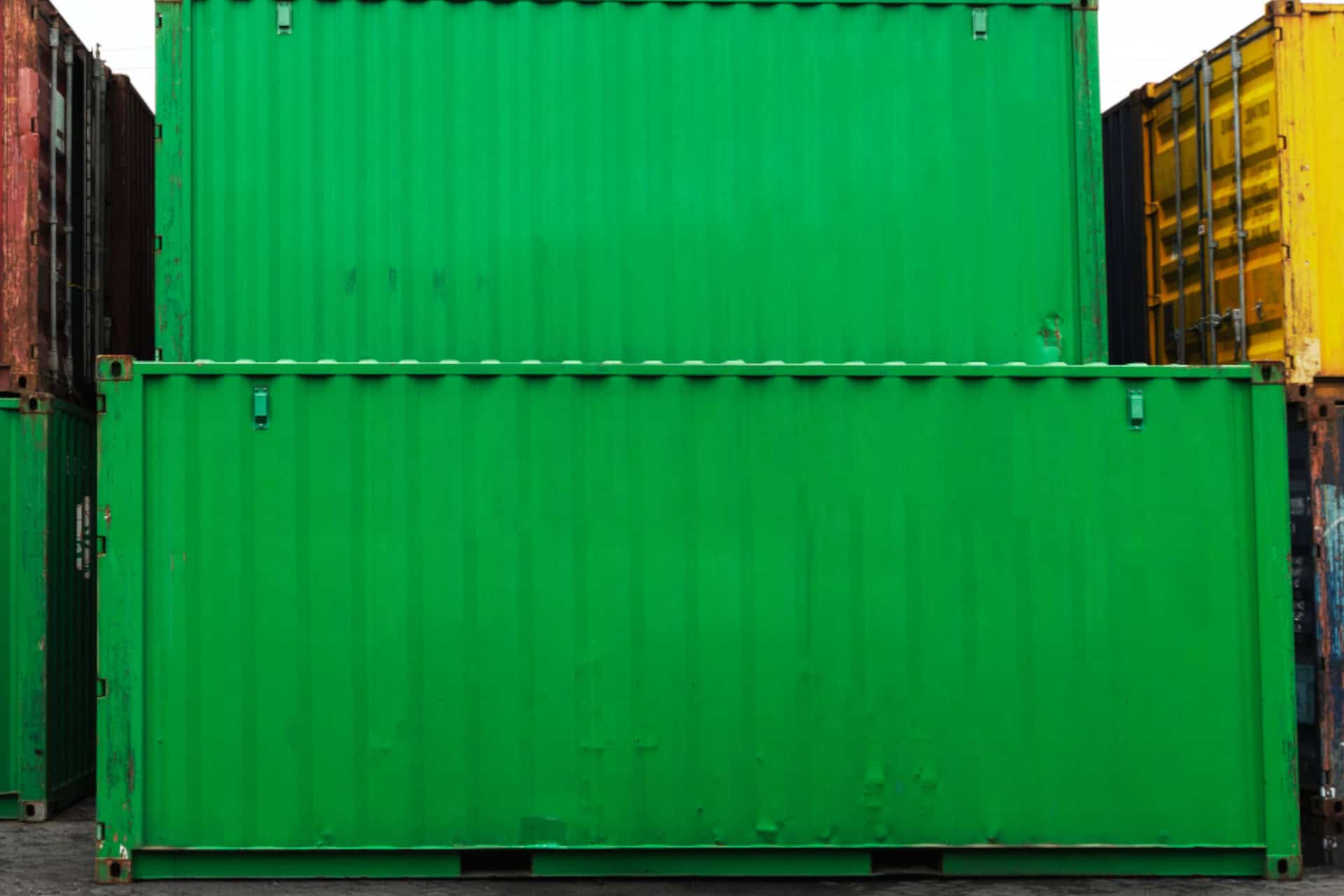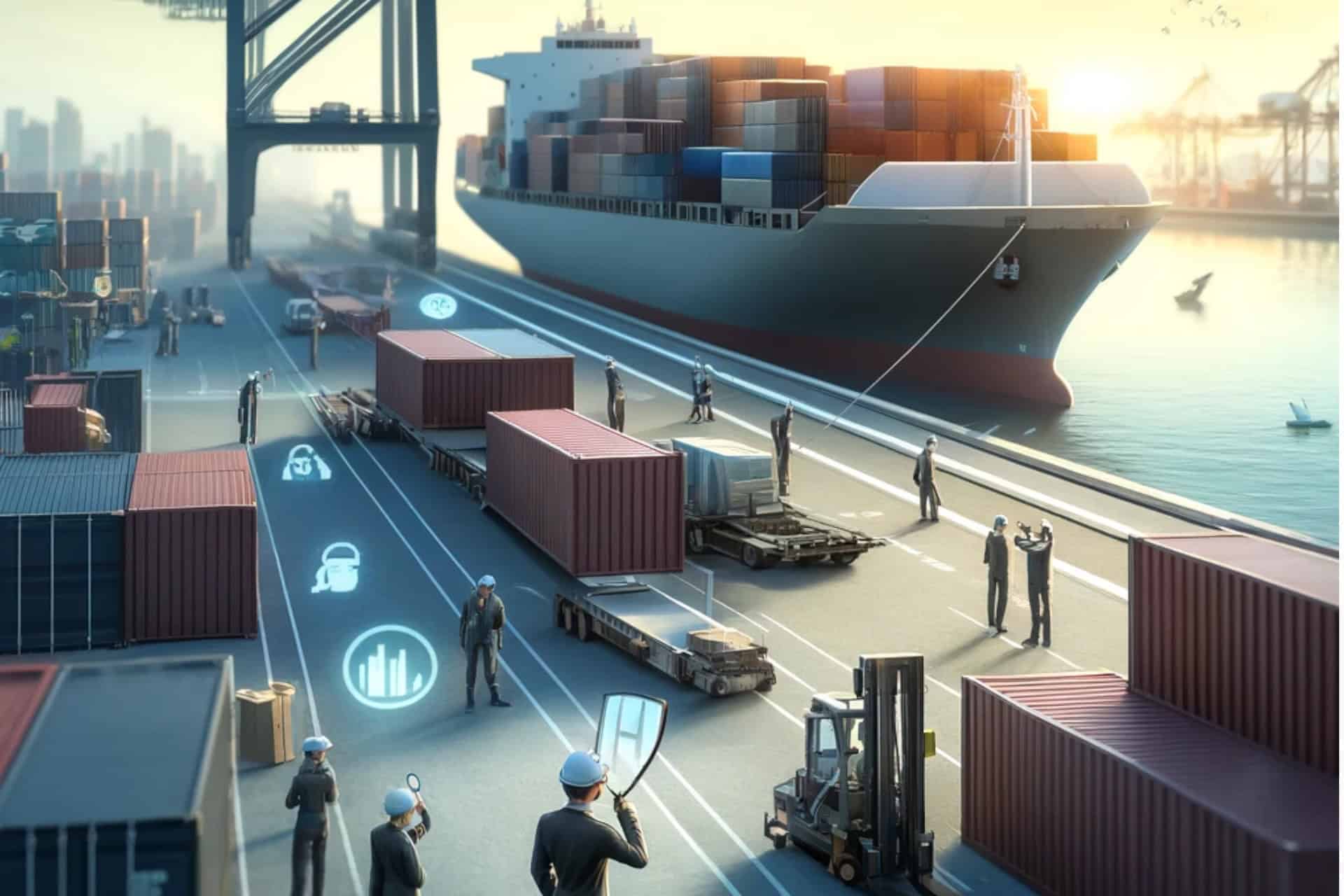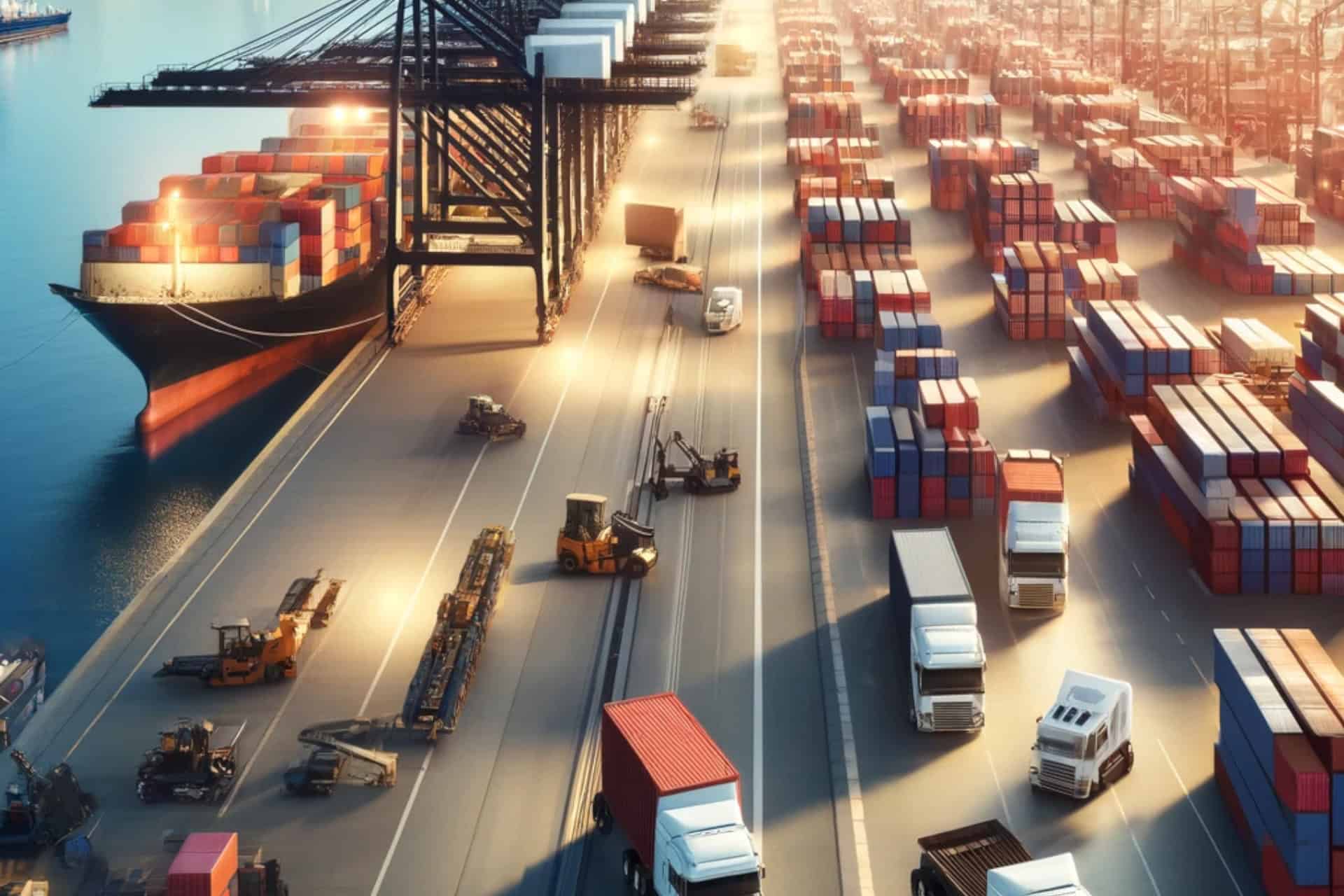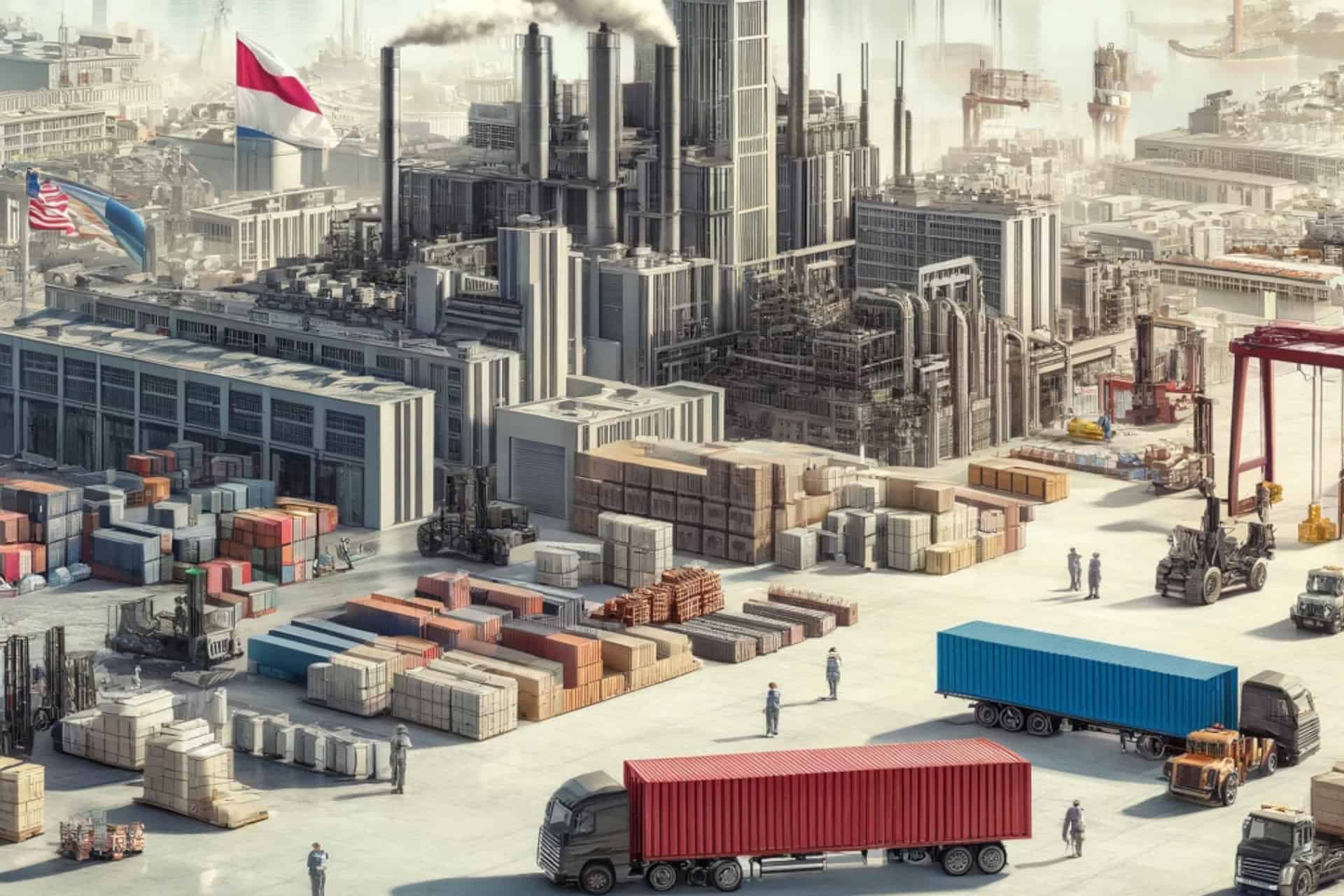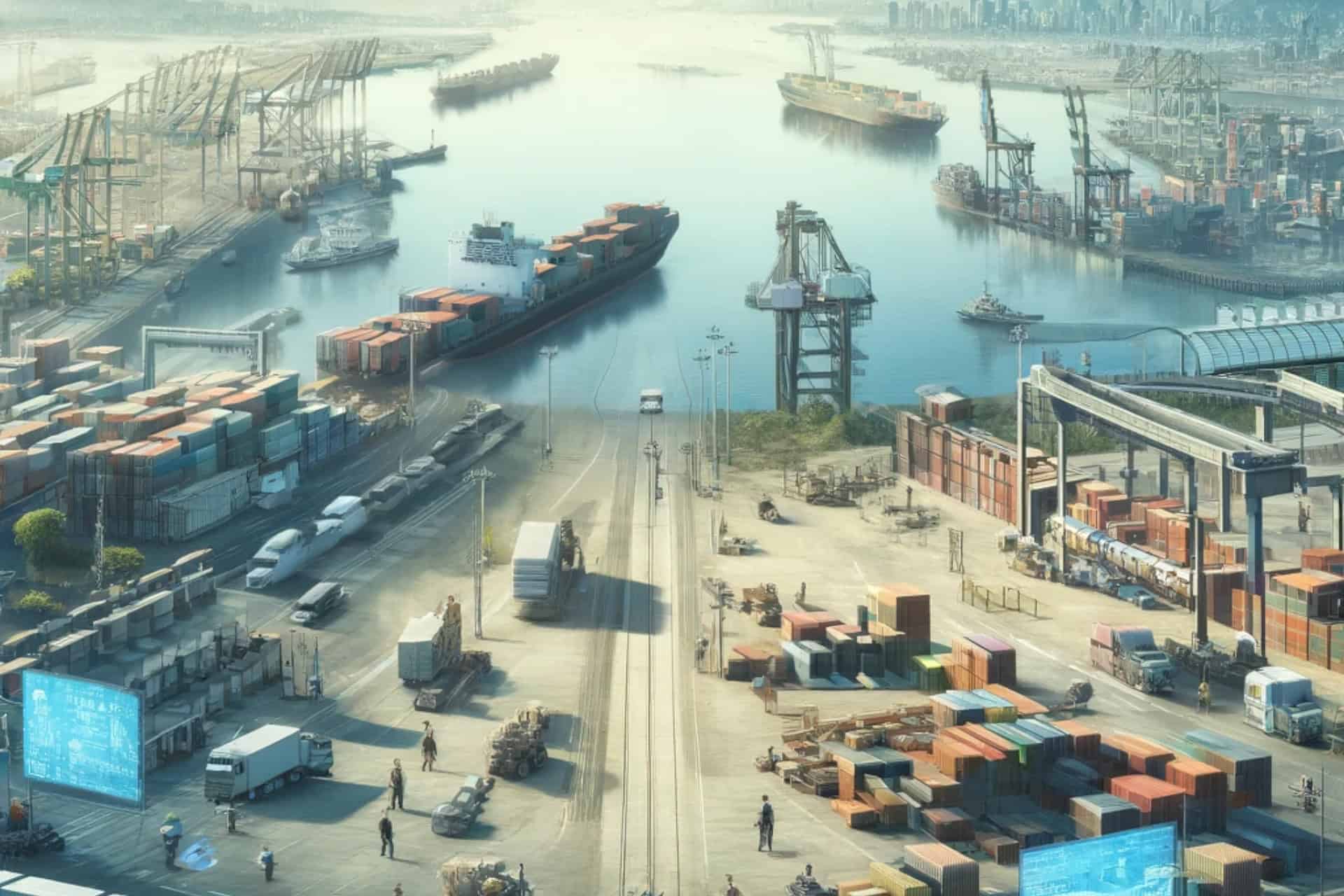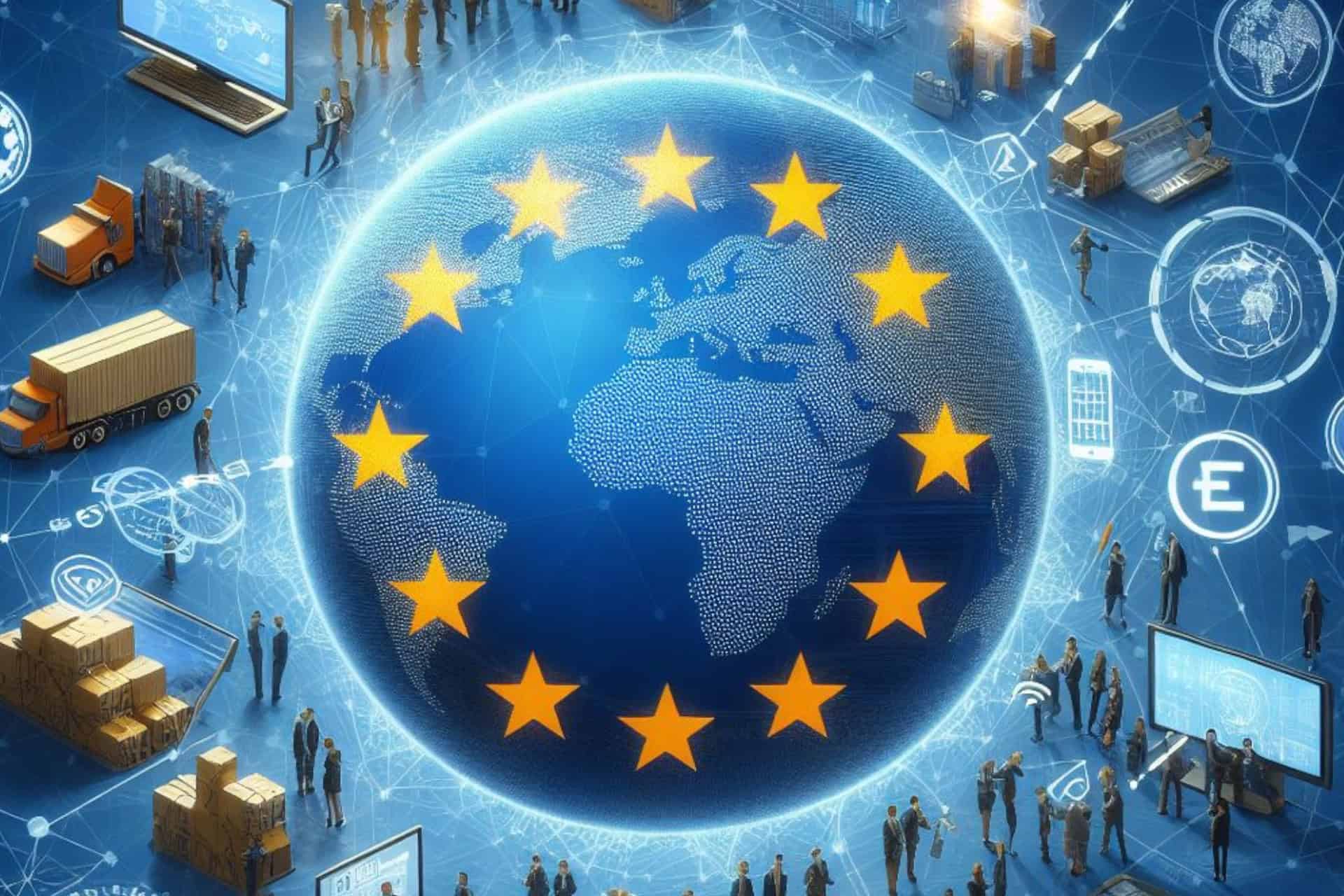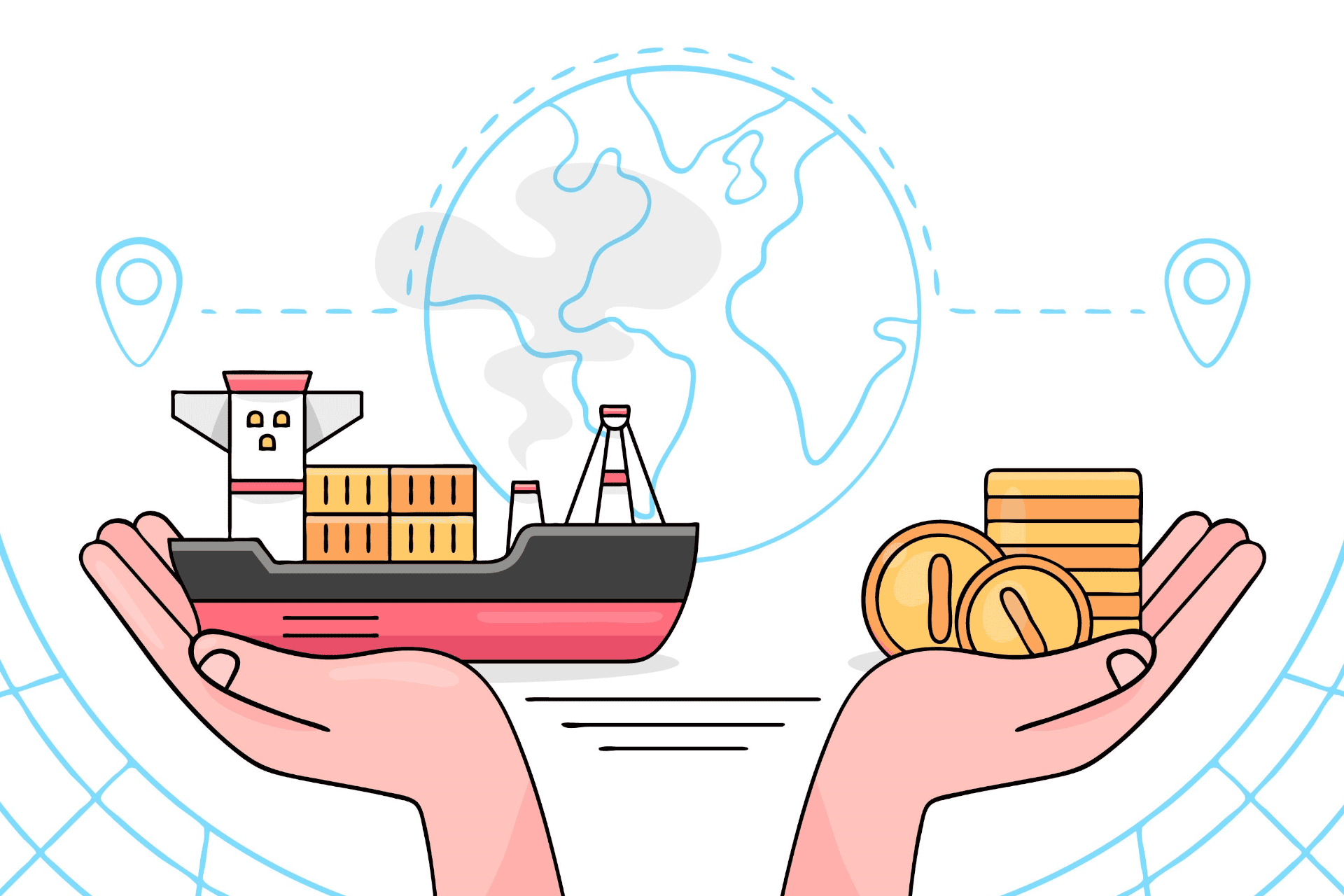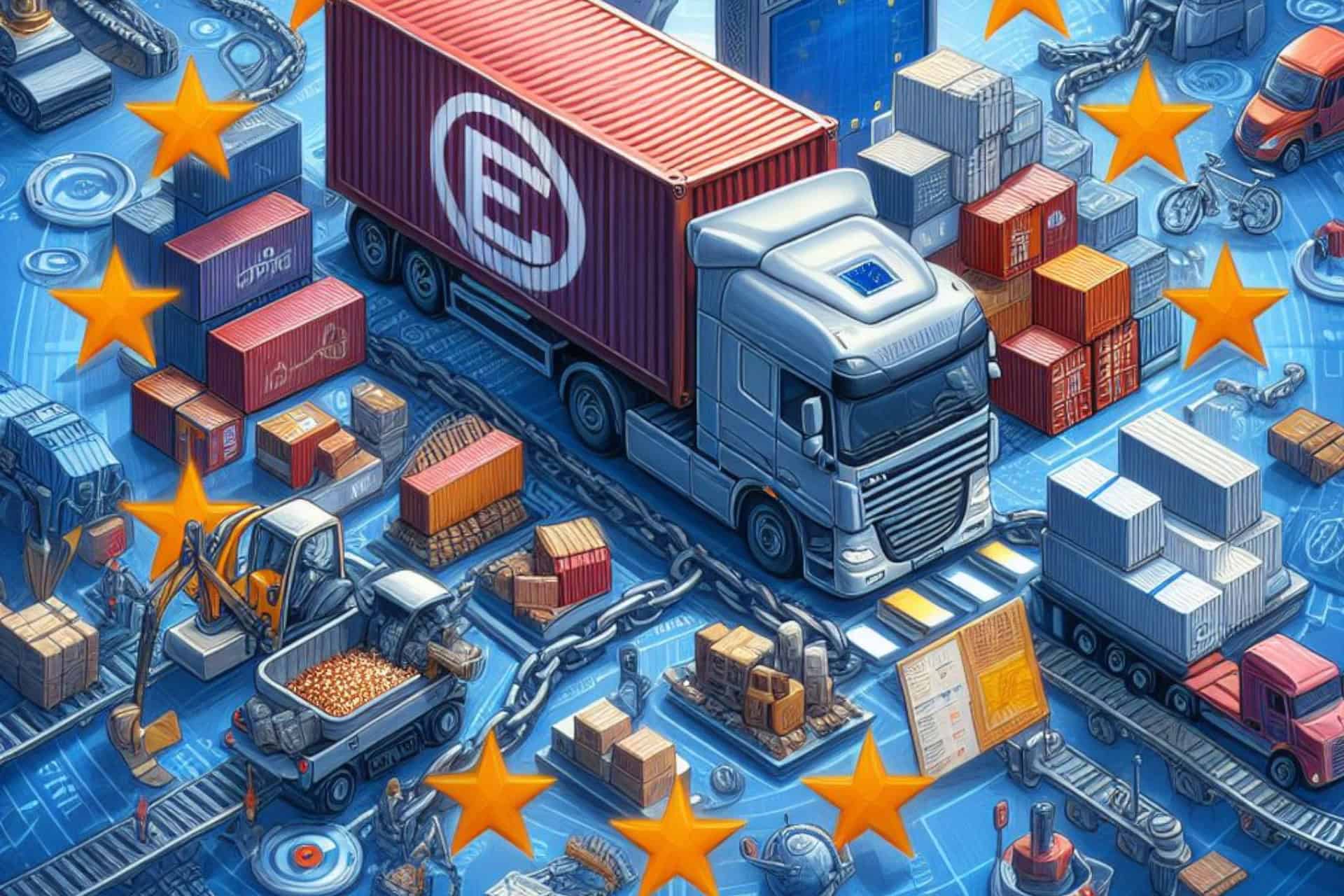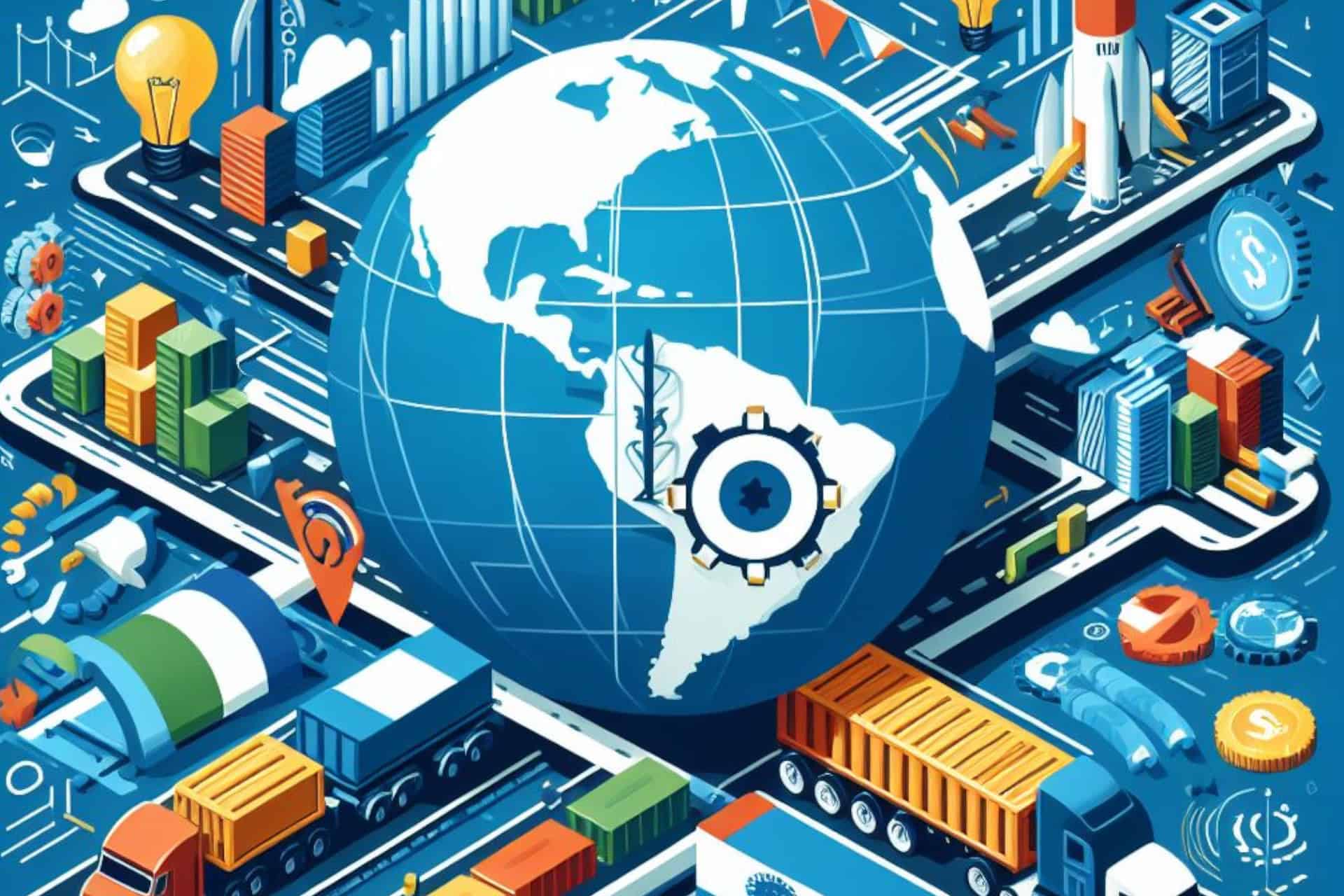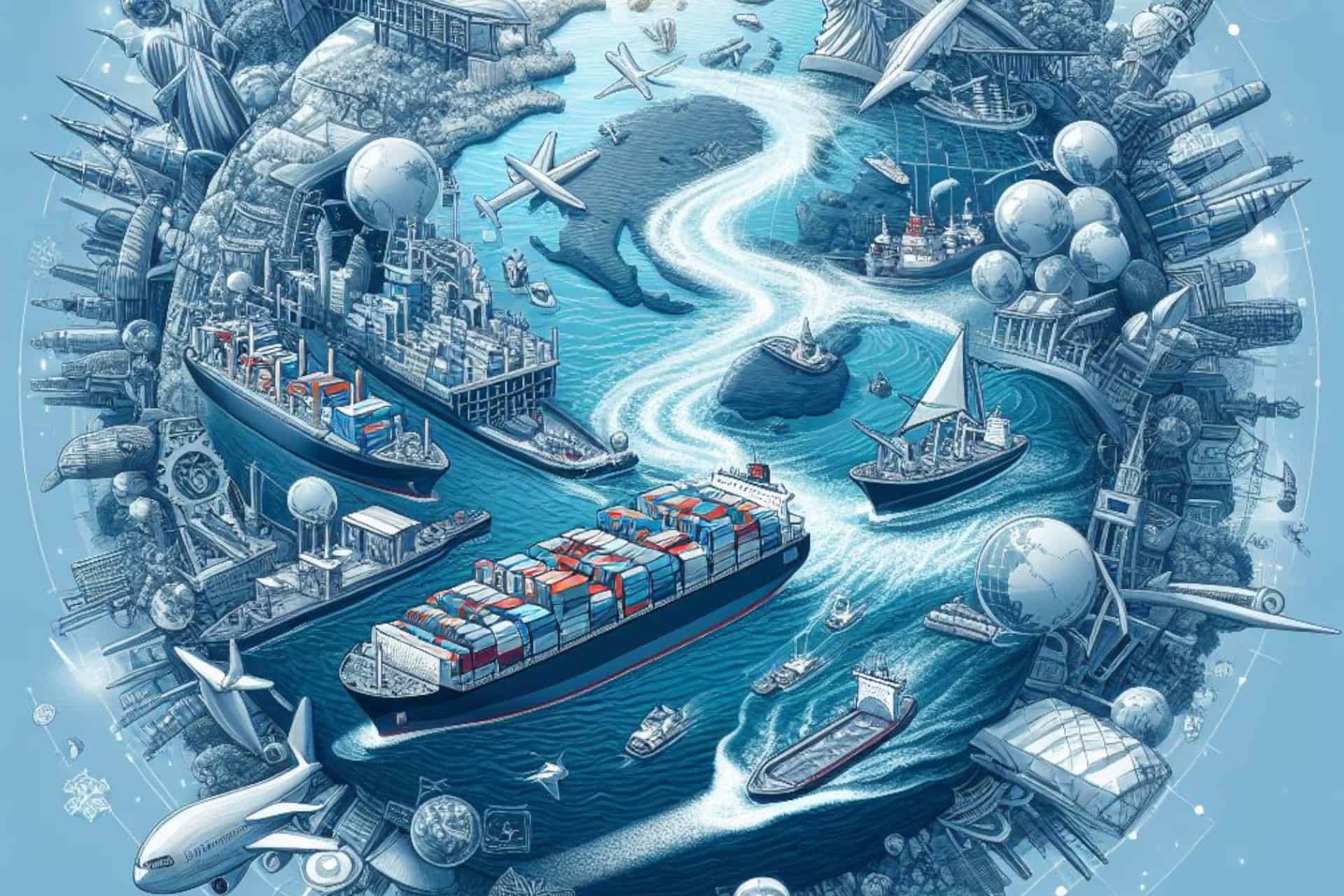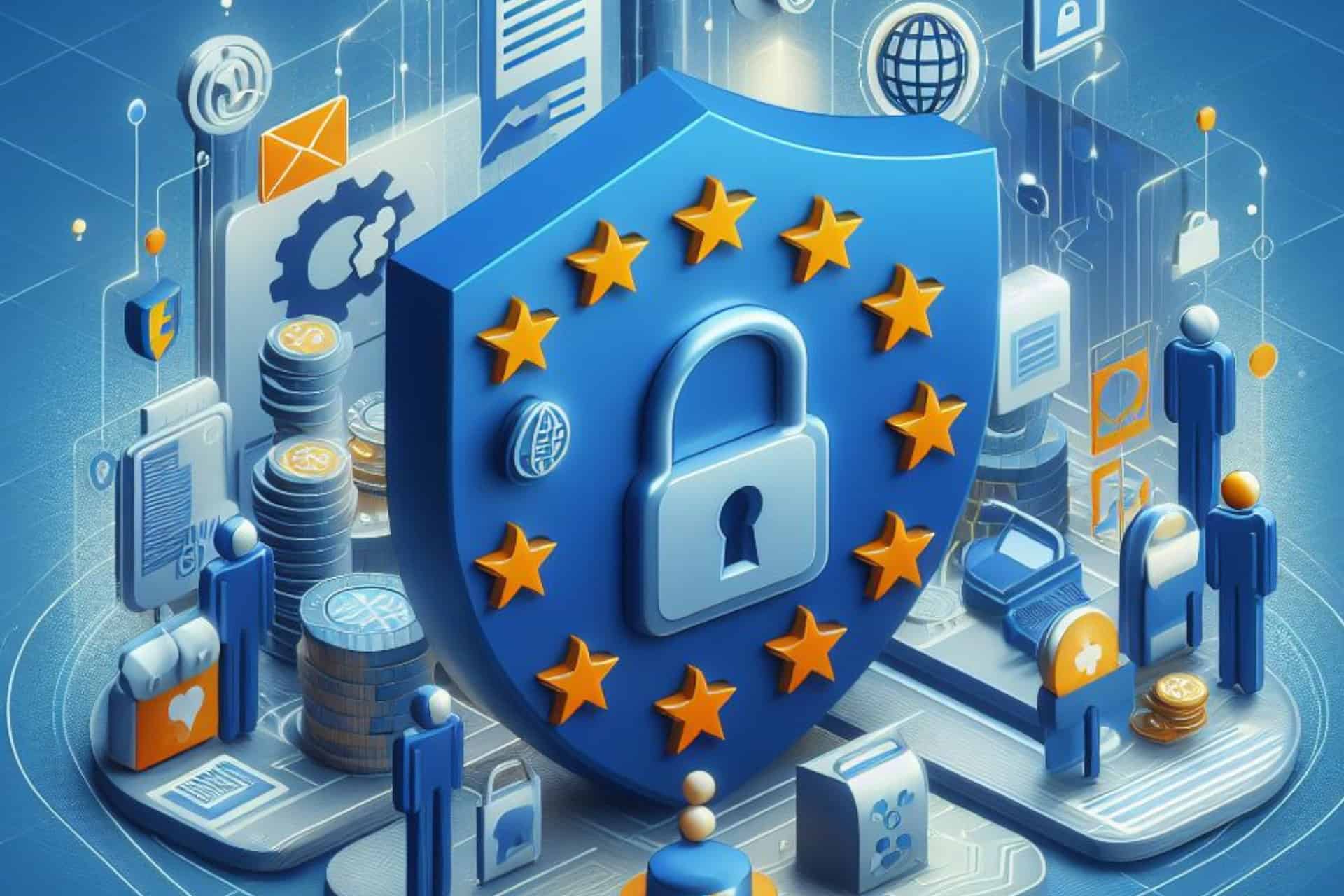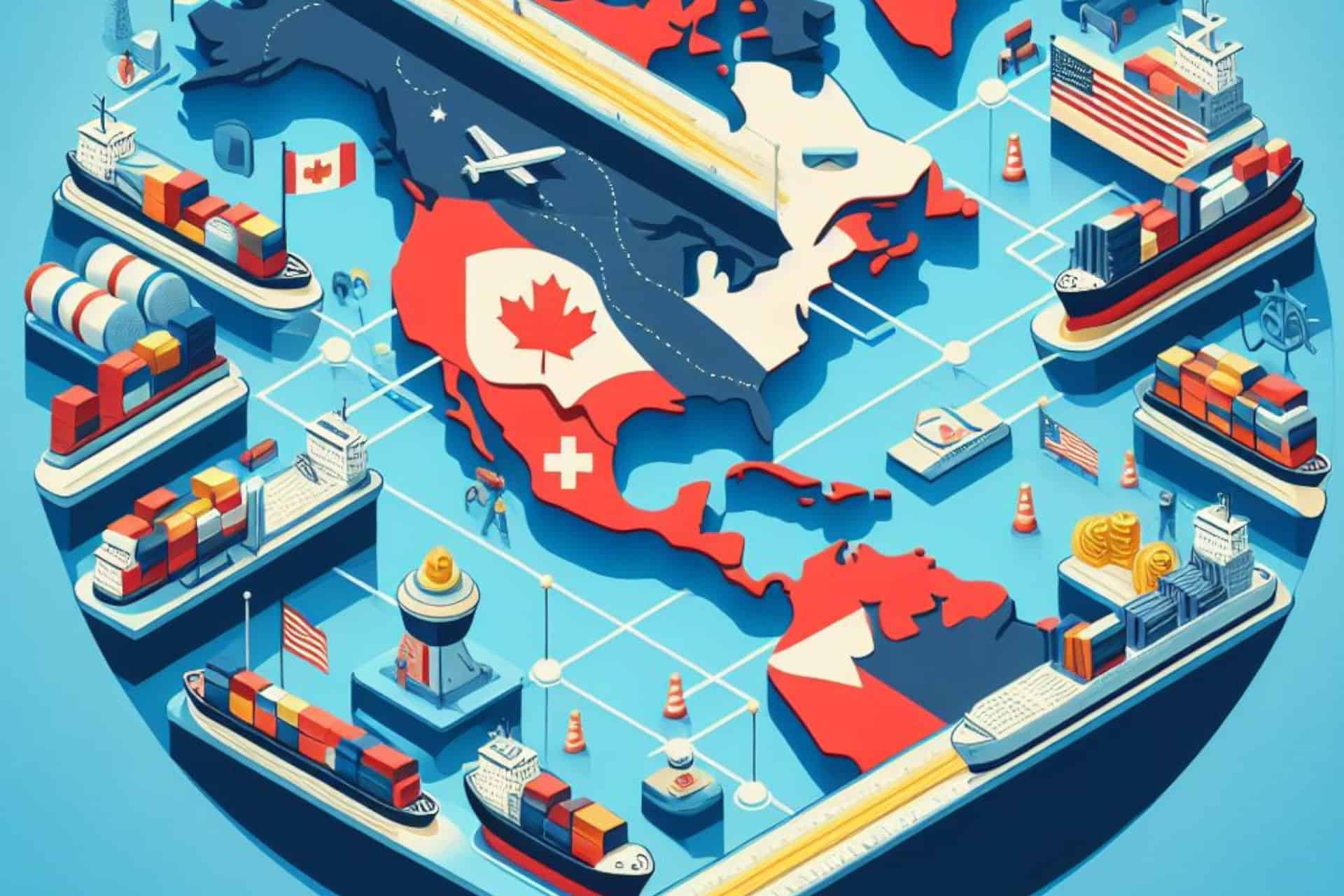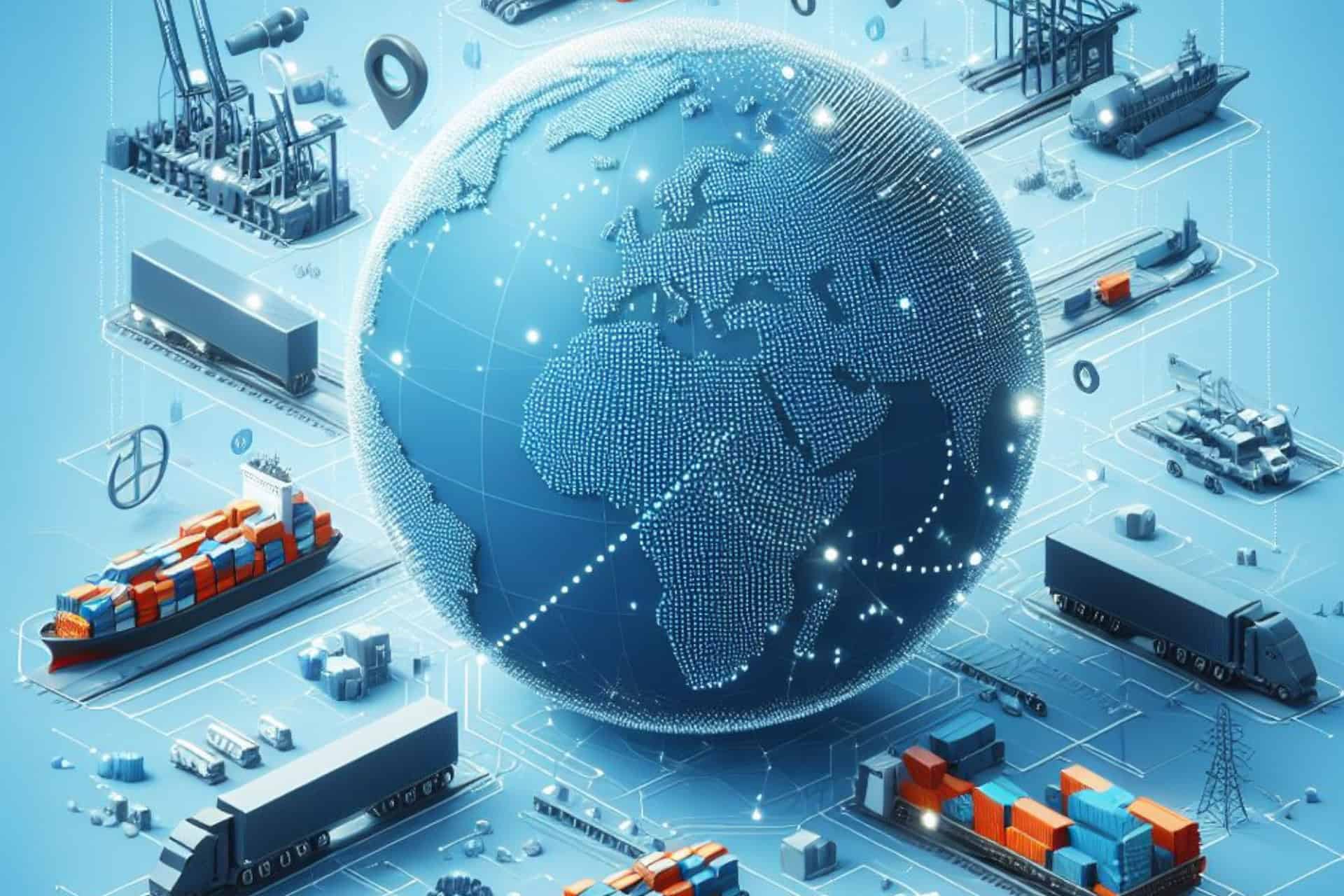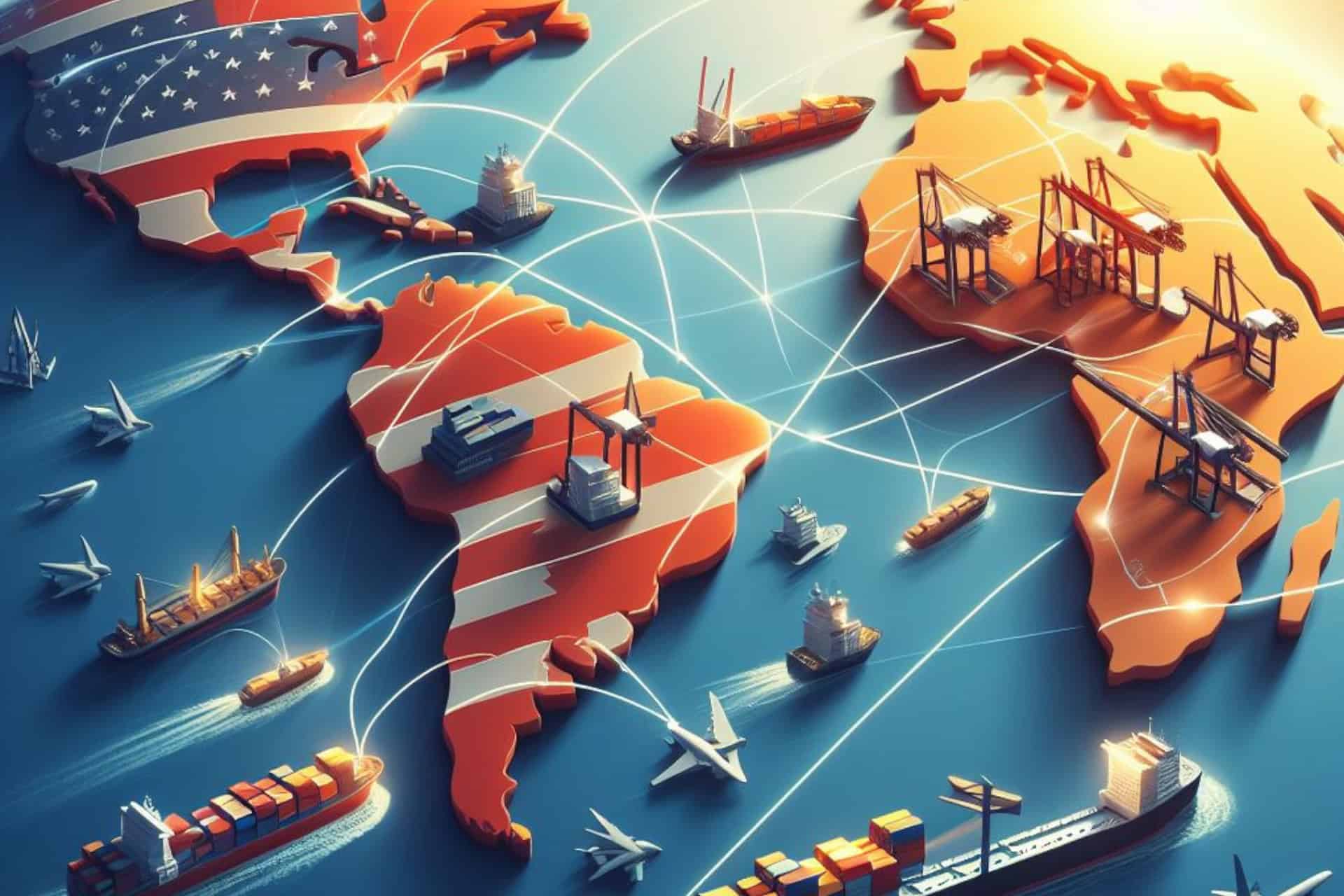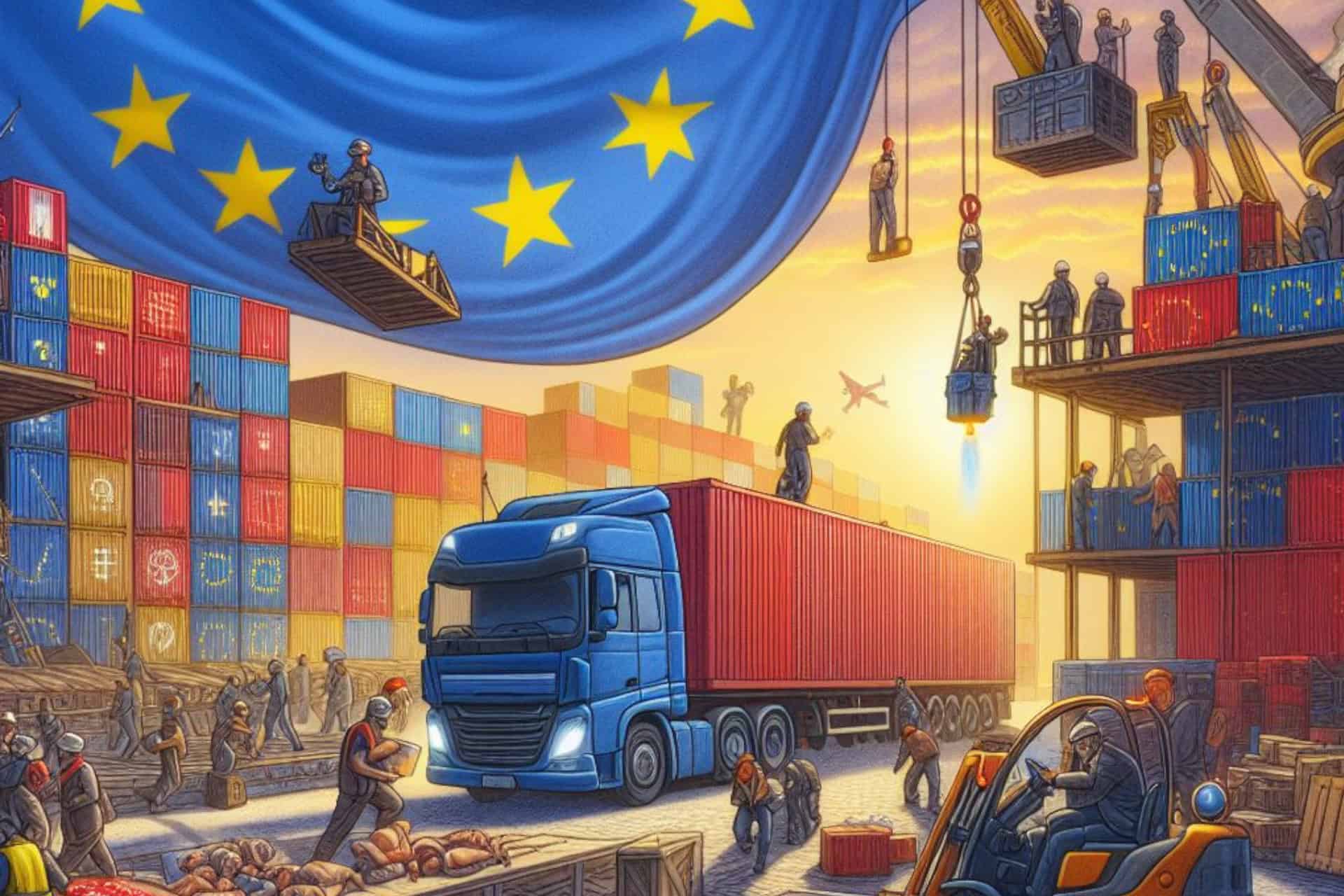In an era characterized by unprecedented volatility and uncertainty, supply chain visibility has emerged as a strategic imperative for businesses seeking to mitigate risks and enhance resilience. By leveraging advanced technologies and fostering collaboration across the supply chain ecosystem, companies can proactively identify, assess, and mitigate risks, thereby safeguarding against disruptions and driving sustainable growth.
In today's interconnected global marketplace, supply chain visibility has emerged as a critical factor in mitigating risks and ensuring business continuity. With supply chains becoming increasingly complex and volatile, companies are recognizing the indispensable role of transparency and real-time insights into their supply chain operations. By harnessing advanced technologies and data analytics, businesses can proactively identify, assess, and mitigate risks, thereby enhancing resilience and responsiveness across the supply chain ecosystem.
Why Supply Chain Visibility Matters in Risk Management
Supply chain visibility refers to the ability to track and monitor the flow of goods, information, and finances across the entire supply chain network, from raw material suppliers to end customers. It provides stakeholders with a comprehensive understanding of inventory levels, production processes, transportation routes, and supplier performance. This transparency enables businesses to identify potential vulnerabilities and anticipate disruptions before they escalate into costly crises.
In the realm of risk management, supply chain visibility serves as a powerful tool for:
- Early Risk Detection: By capturing real-time data from various sources such as IoT sensors, RFID tags, and GPS tracking systems, companies can detect anomalies and deviations from the norm. This allows them to swiftly identify potential risks such as supplier delays, quality issues, geopolitical instability, or natural disasters.
- Enhanced Resilience: With visibility into multiple tiers of the supply chain, organizations can diversify their supplier base, establish alternative sourcing strategies, and implement contingency plans to mitigate the impact of disruptions. By having access to timely information, businesses can make informed decisions to minimize downtime and maintain customer satisfaction.
- Improved Collaboration: Supply chain visibility fosters collaboration and information sharing among stakeholders, including suppliers, logistics partners, and customers. By fostering transparent communication channels, companies can proactively address challenges, resolve issues, and build trust within the supply chain ecosystem.
- Regulatory Compliance: In an era of stringent regulations and increasing scrutiny, supply chain visibility enables companies to demonstrate compliance with environmental, social, and governance (ESG) standards. By monitoring supplier practices and ensuring ethical sourcing, businesses can mitigate reputational risks and safeguard brand integrity.
Key Technologies Driving Supply Chain Visibility
Several technologies are instrumental in enabling supply chain visibility and risk management:
- Internet of Things (IoT): IoT sensors embedded in products, vehicles, and equipment provide real-time data on location, temperature, humidity, and other environmental factors, enabling proactive monitoring and predictive maintenance.
- Blockchain: Distributed ledger technology ensures transparency, traceability, and tamper-proof records throughout the supply chain, reducing the risk of fraud, counterfeiting, and unauthorized alterations.
- Artificial Intelligence (AI) and Machine Learning: AI-powered analytics algorithms analyze vast amounts of data to identify patterns, trends, and potential risks, enabling proactive risk management and decision-making.
- Cloud Computing: Cloud-based platforms facilitate the aggregation, integration, and analysis of data from disparate sources, enabling real-time visibility and collaboration across the supply chain network.
#SupplyChainVisibility #RiskManagement #SupplyChainRisk #SupplyChainResilience #IoT #Blockchain #AI #CloudComputing #SupplyChainTechnology
Read more views






